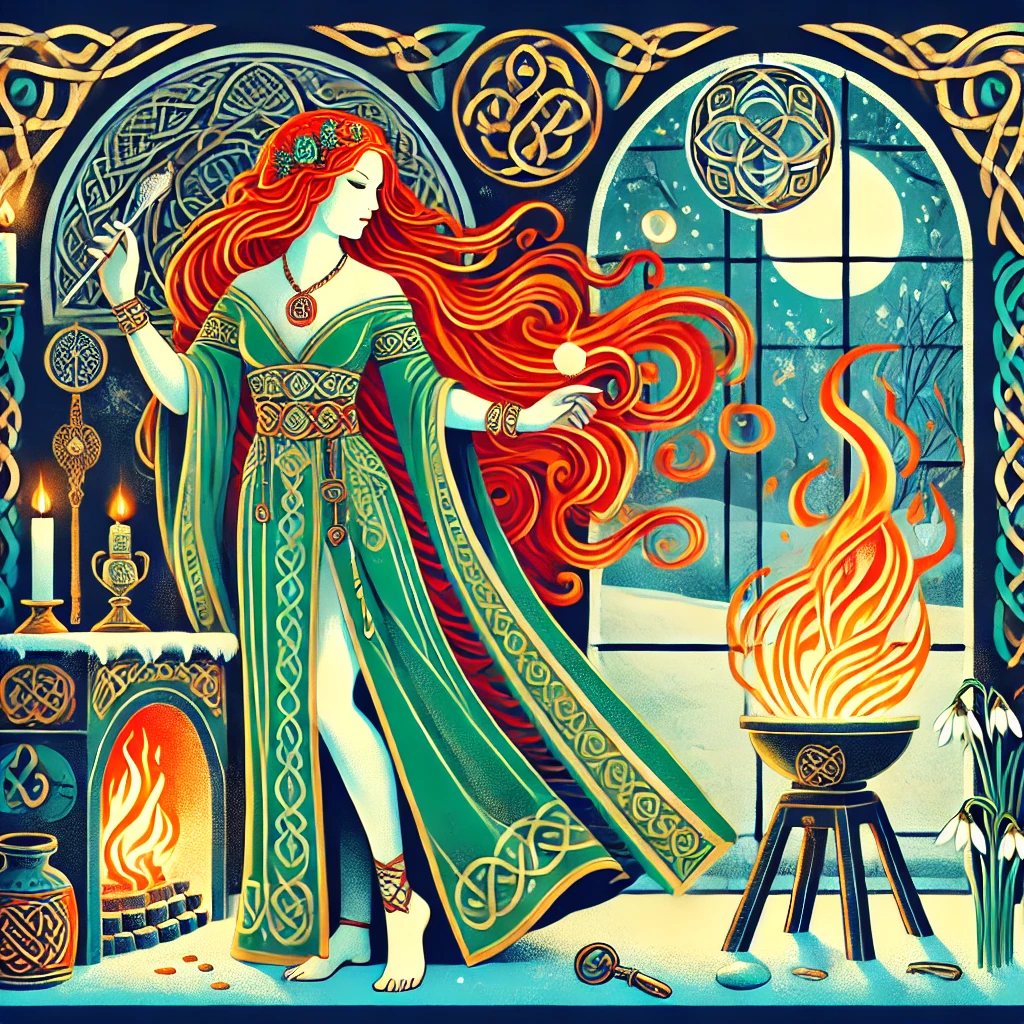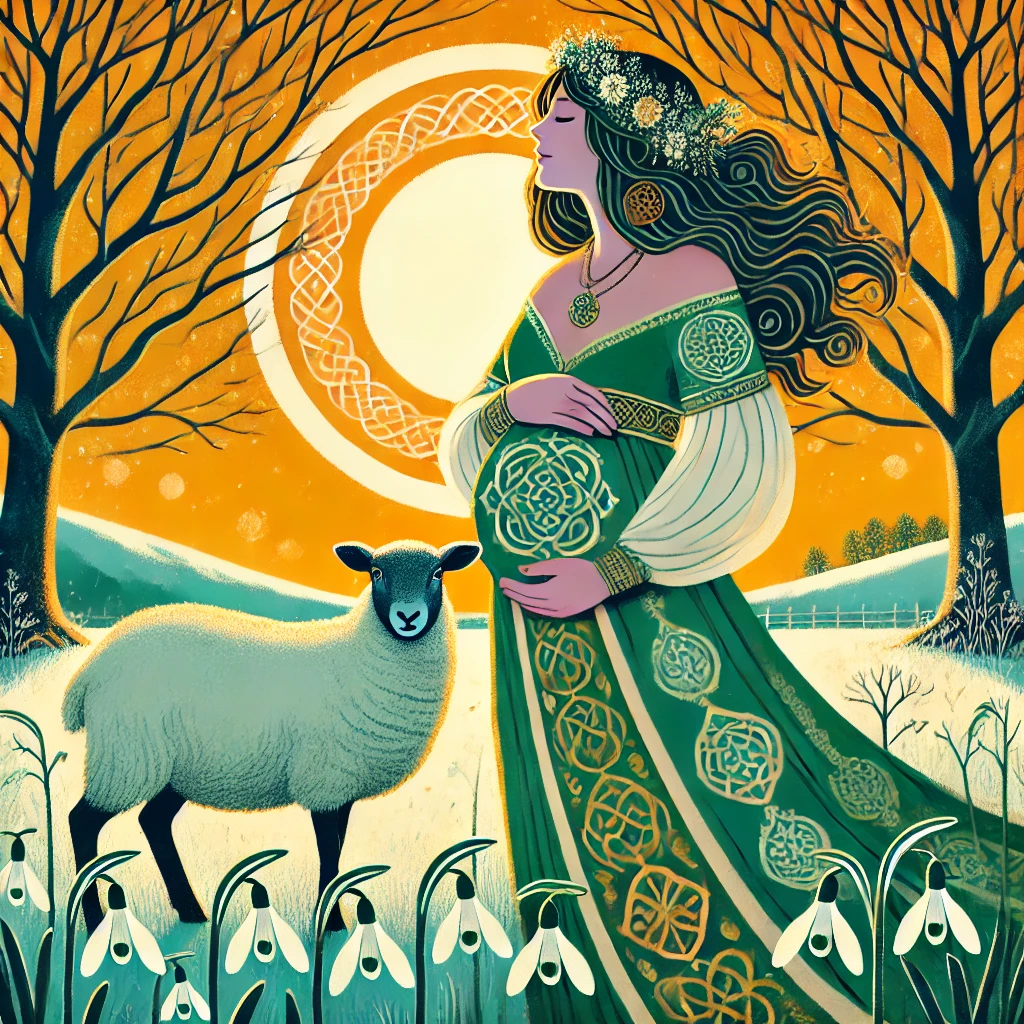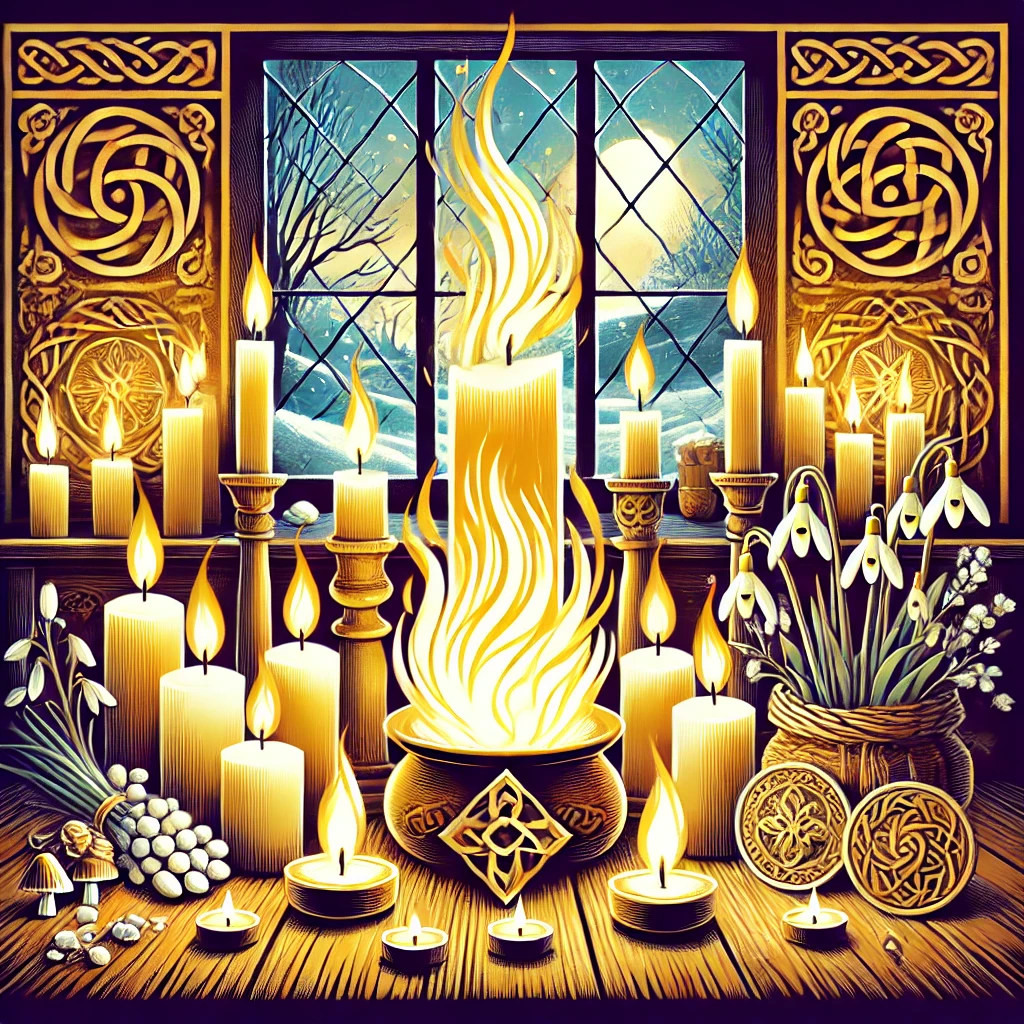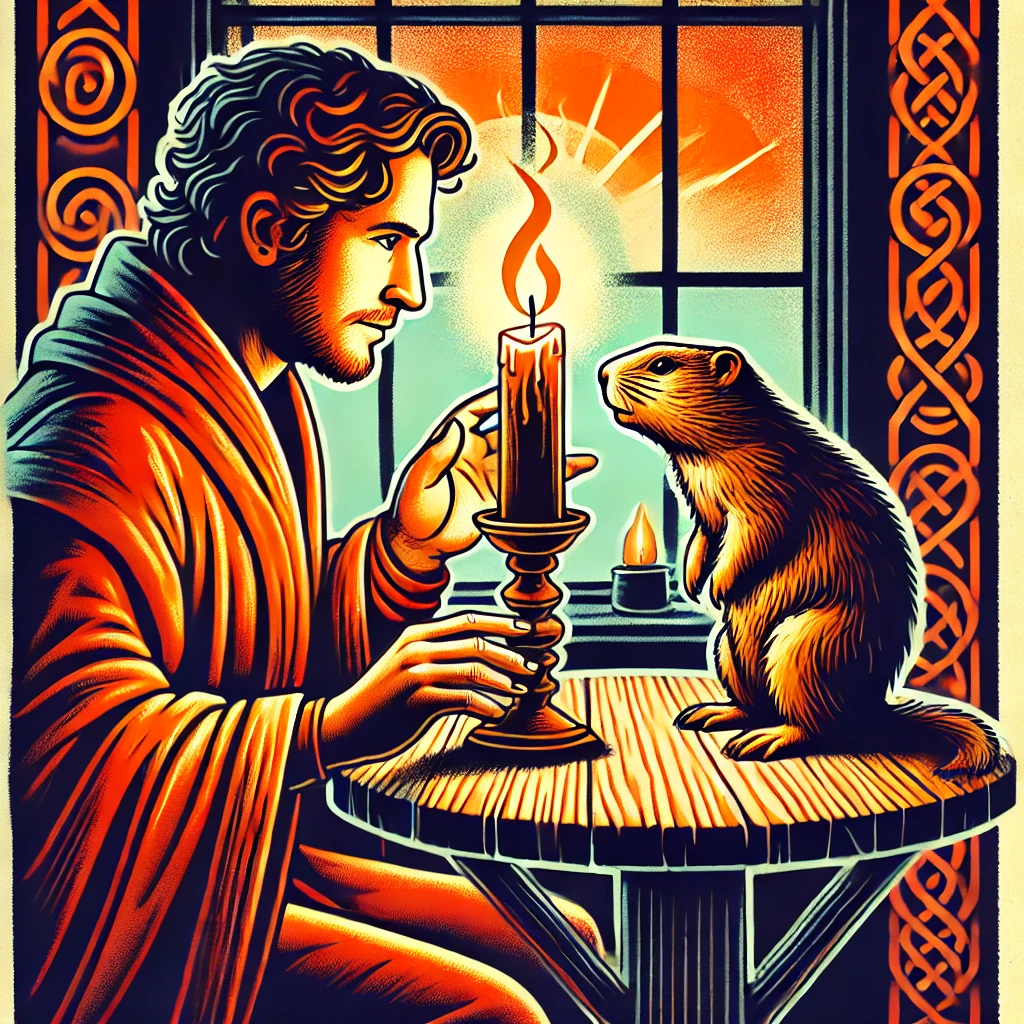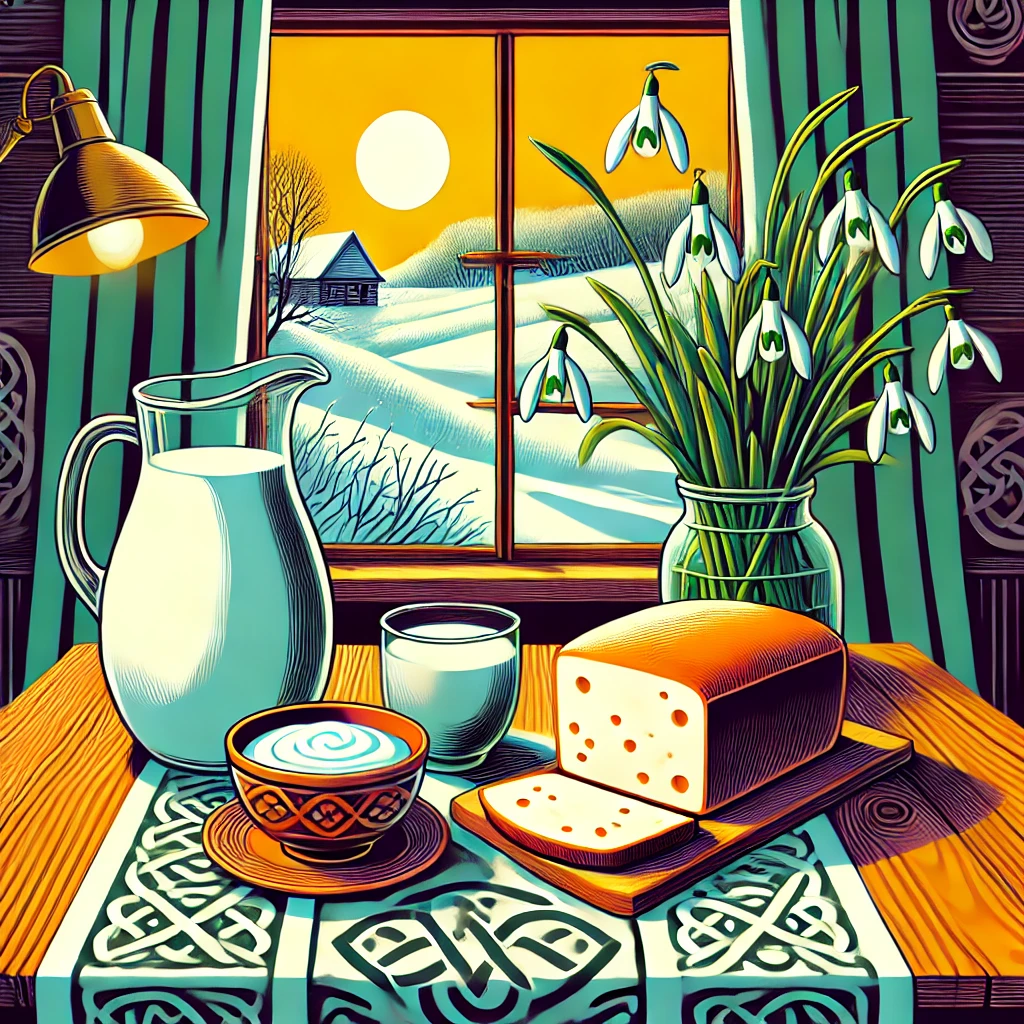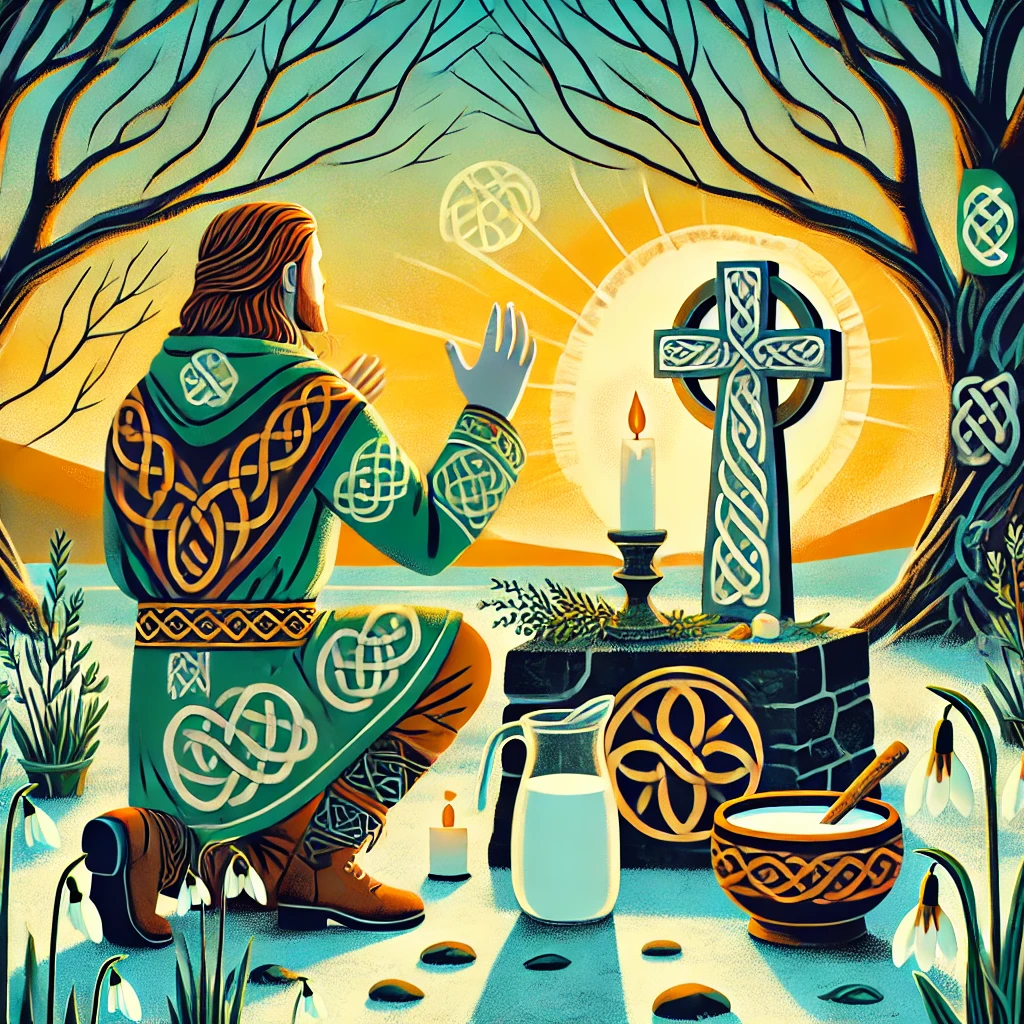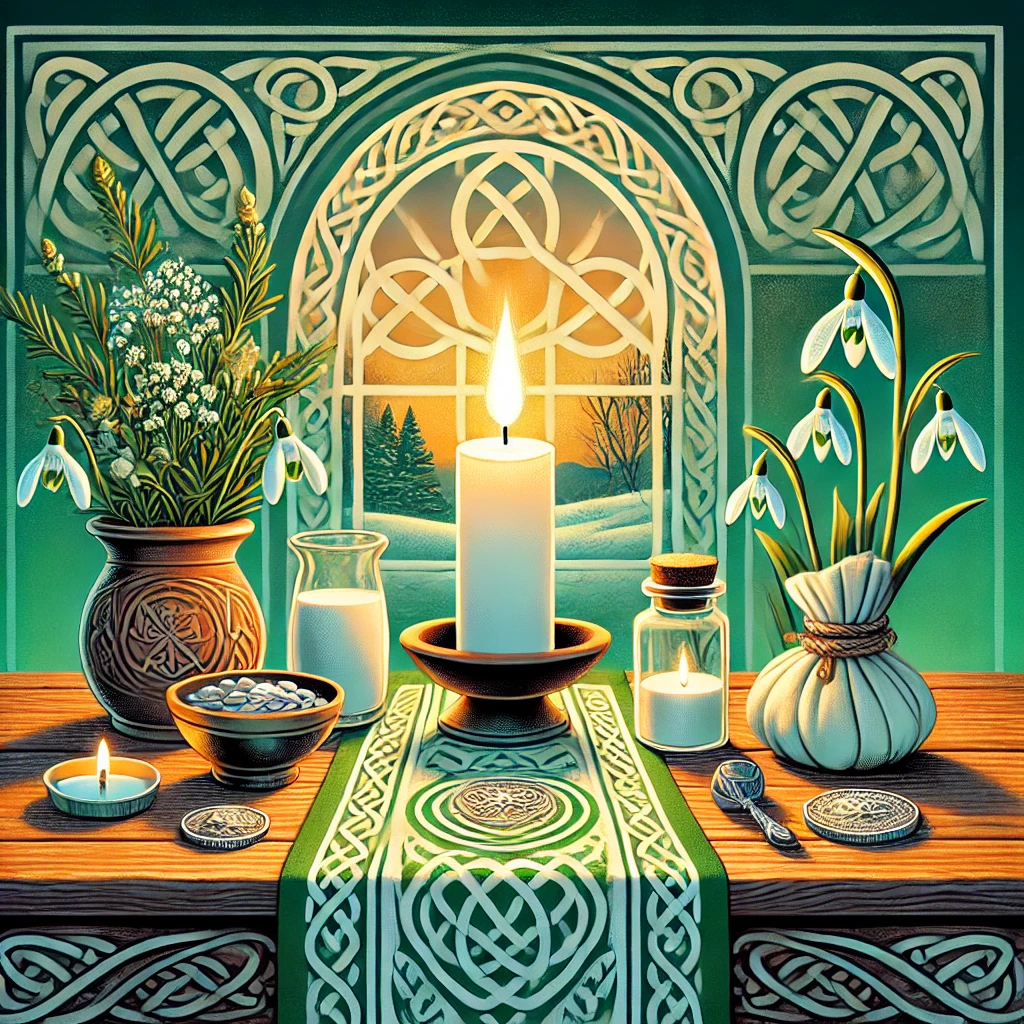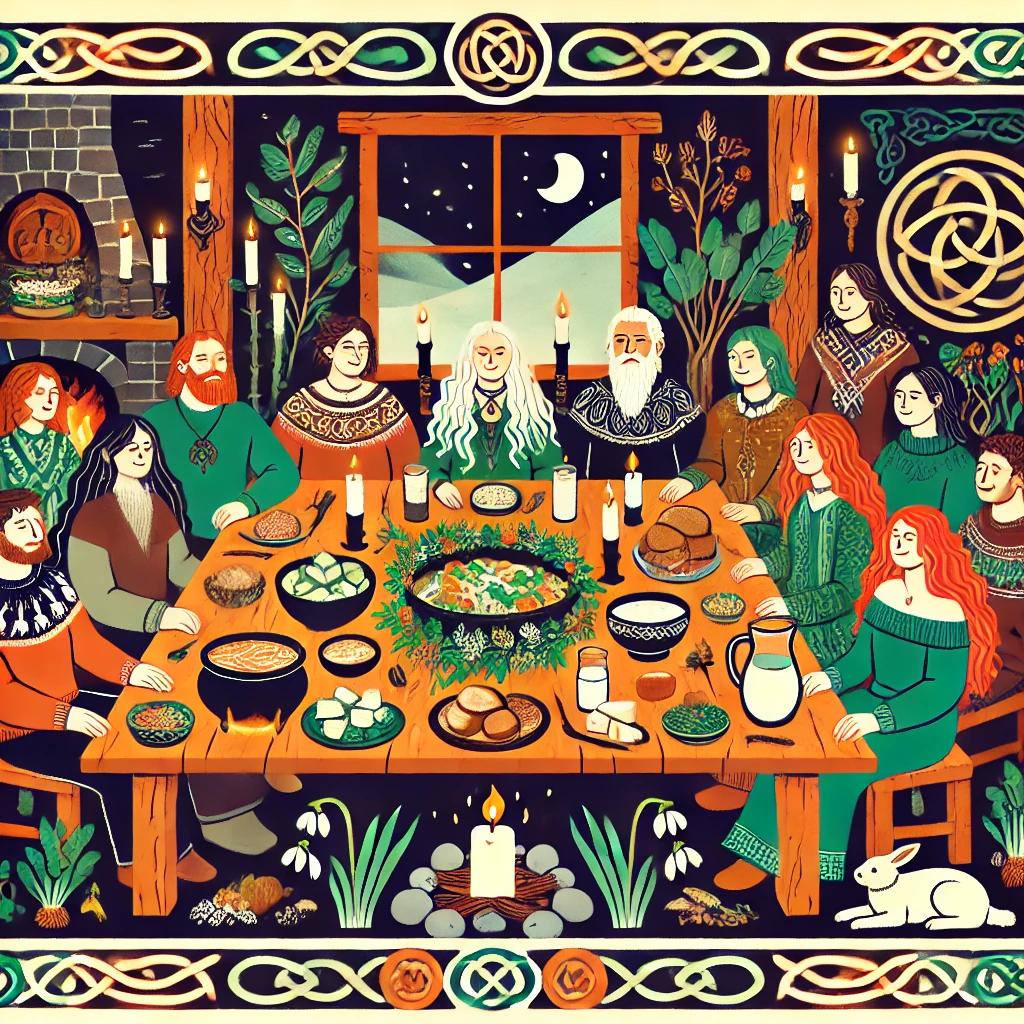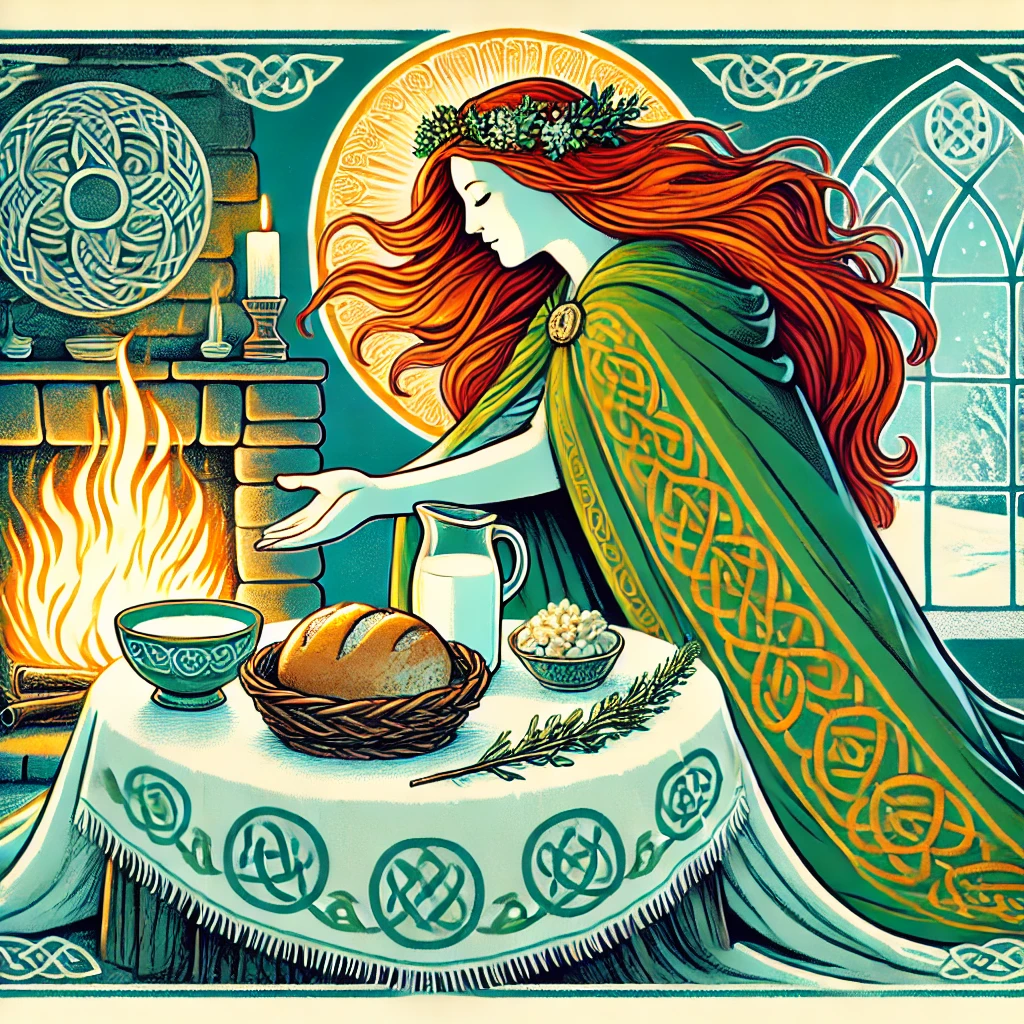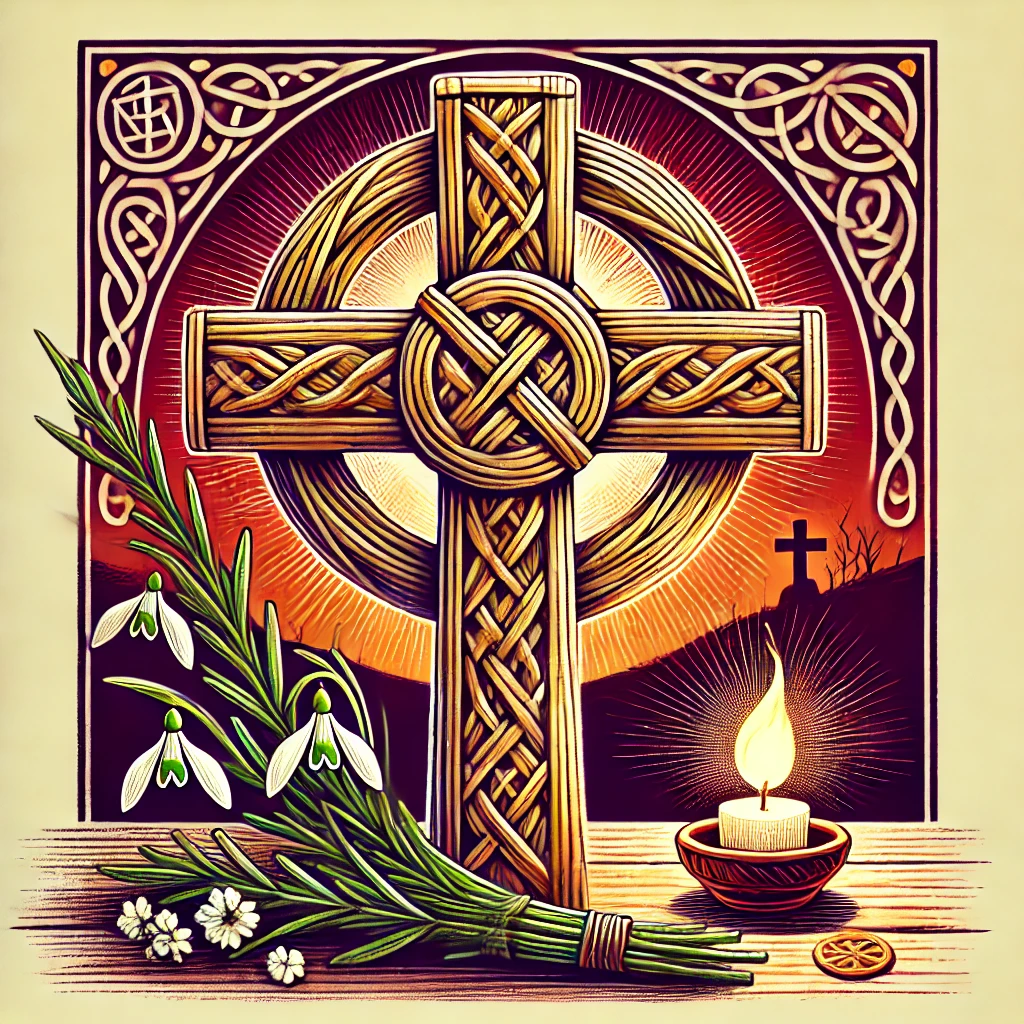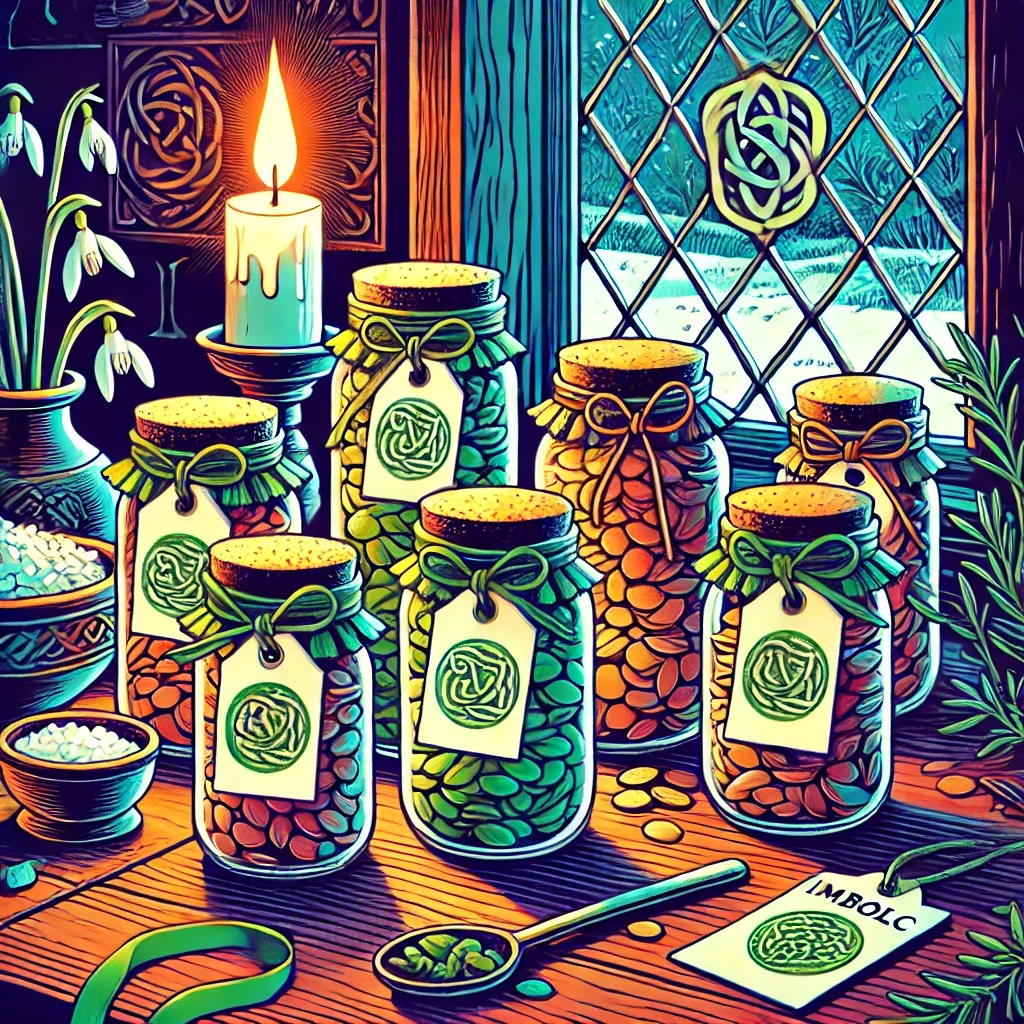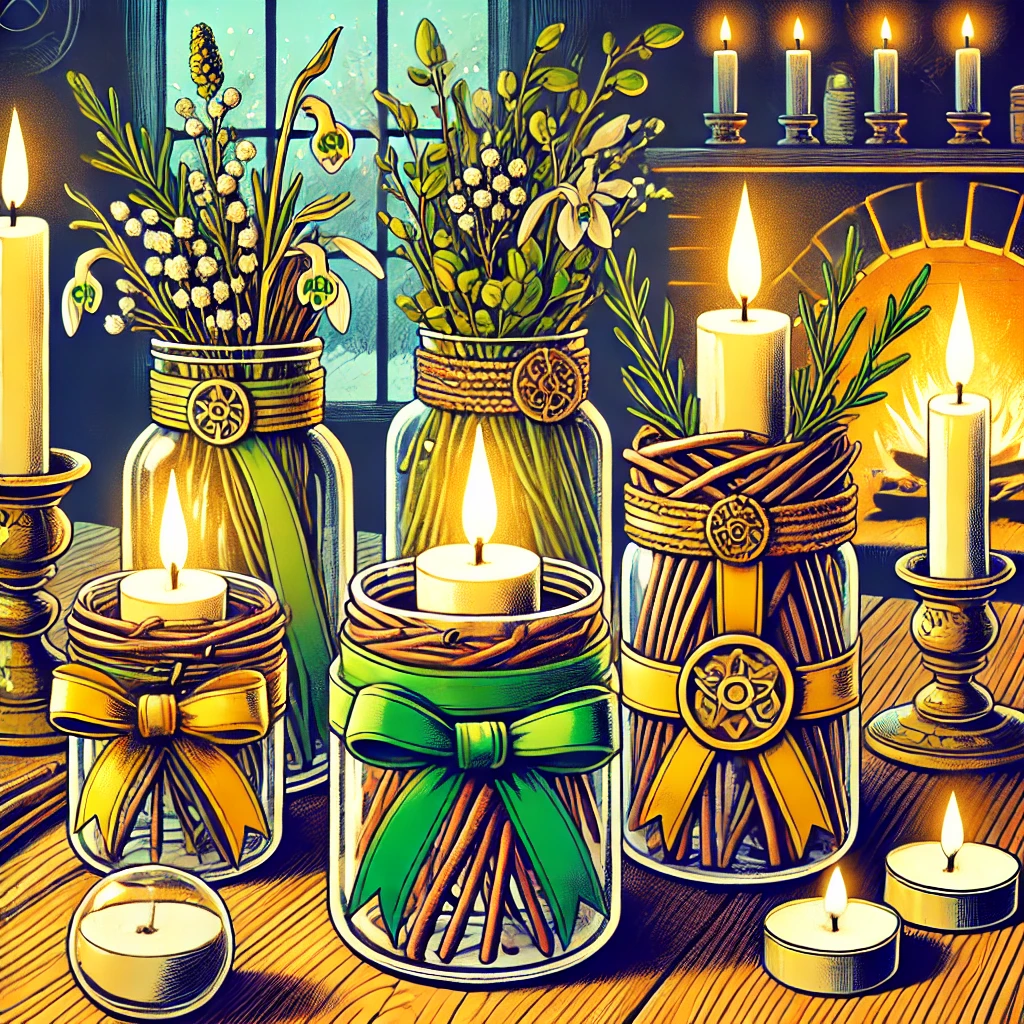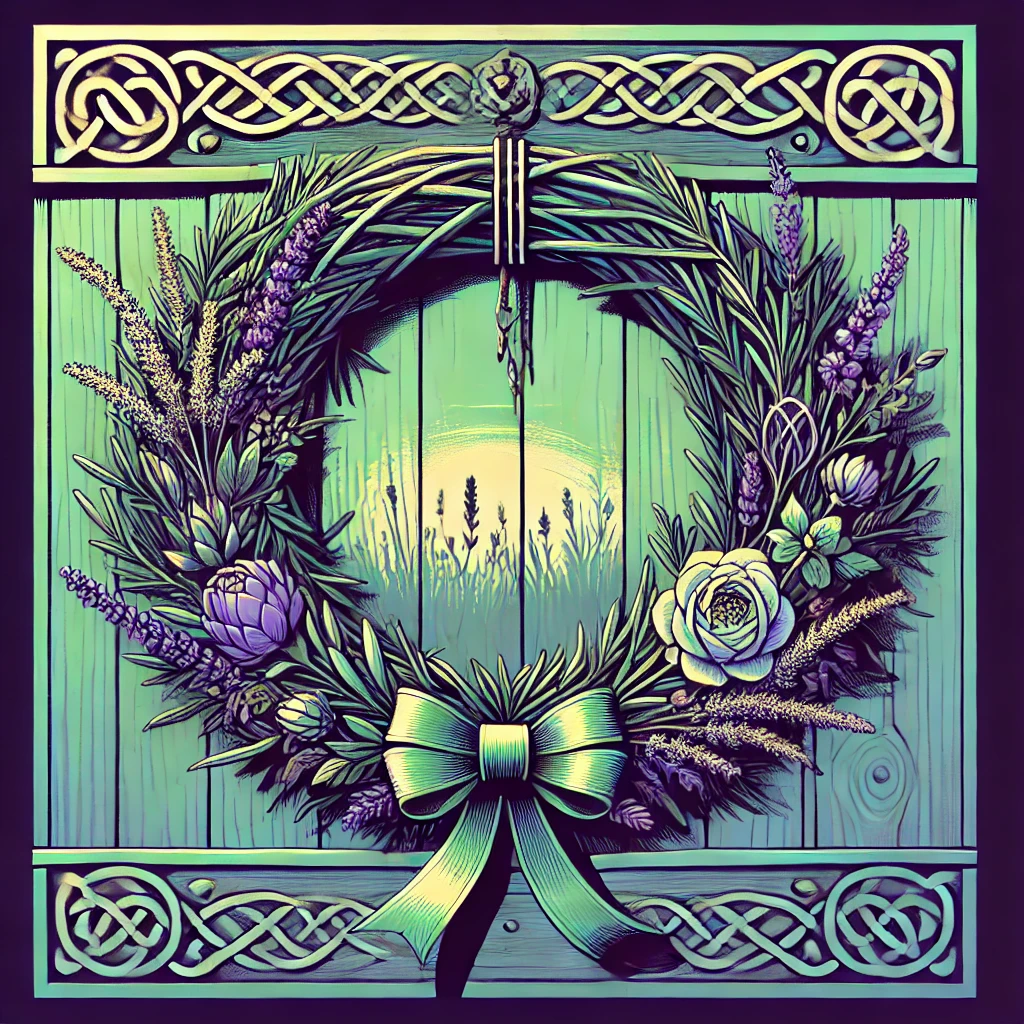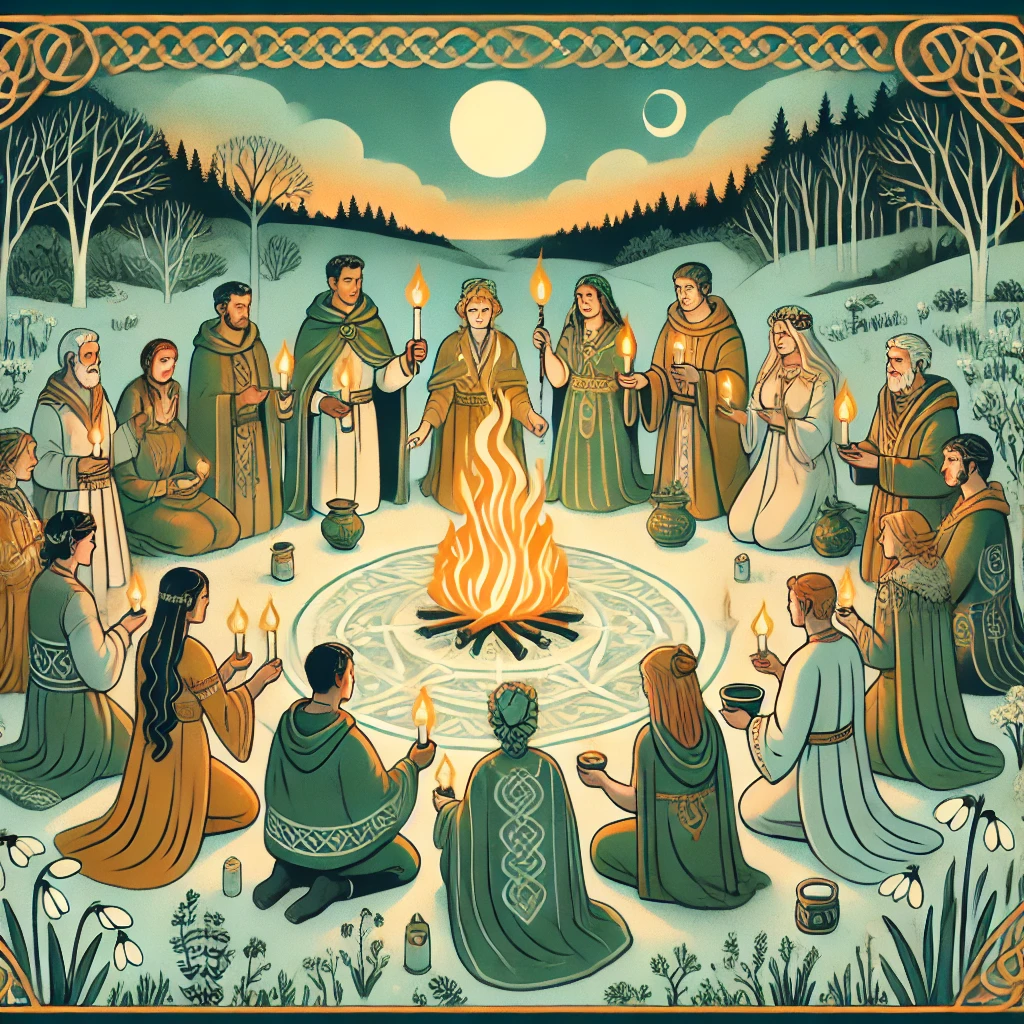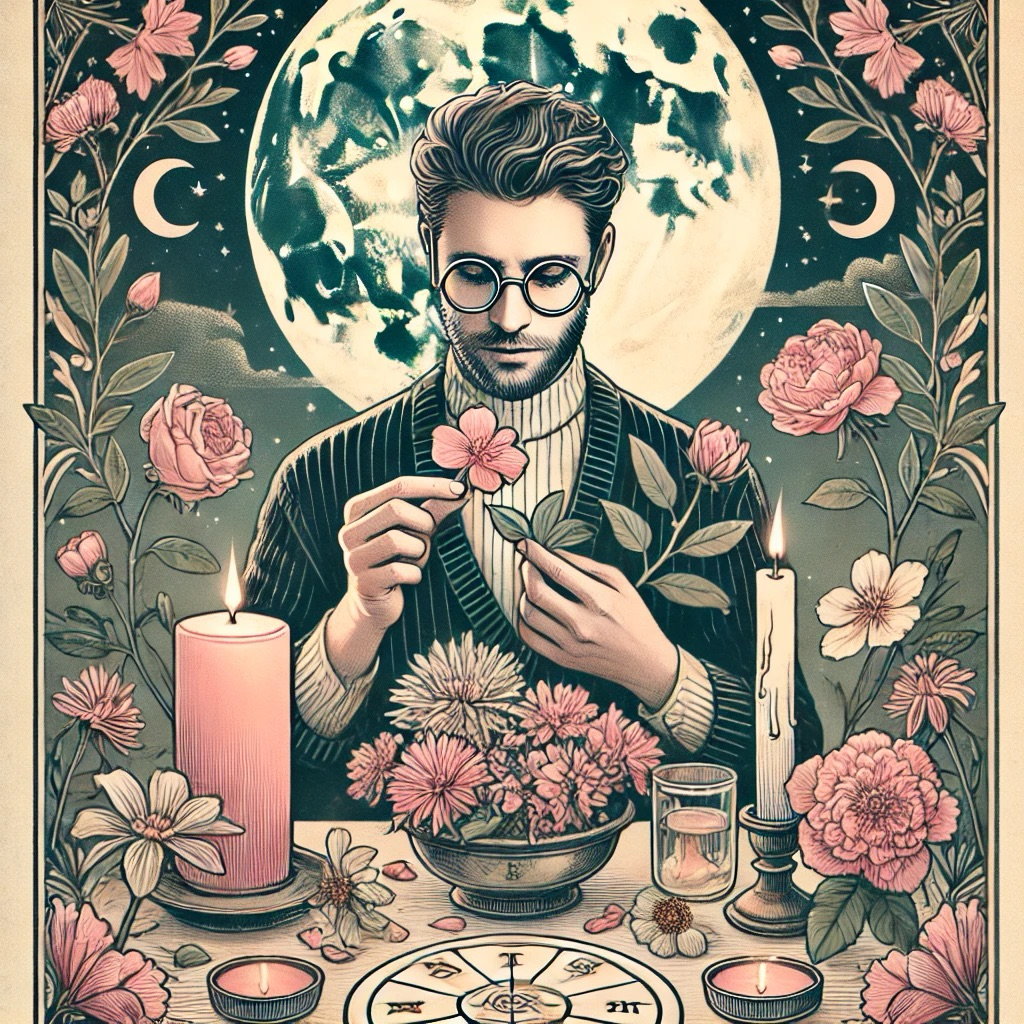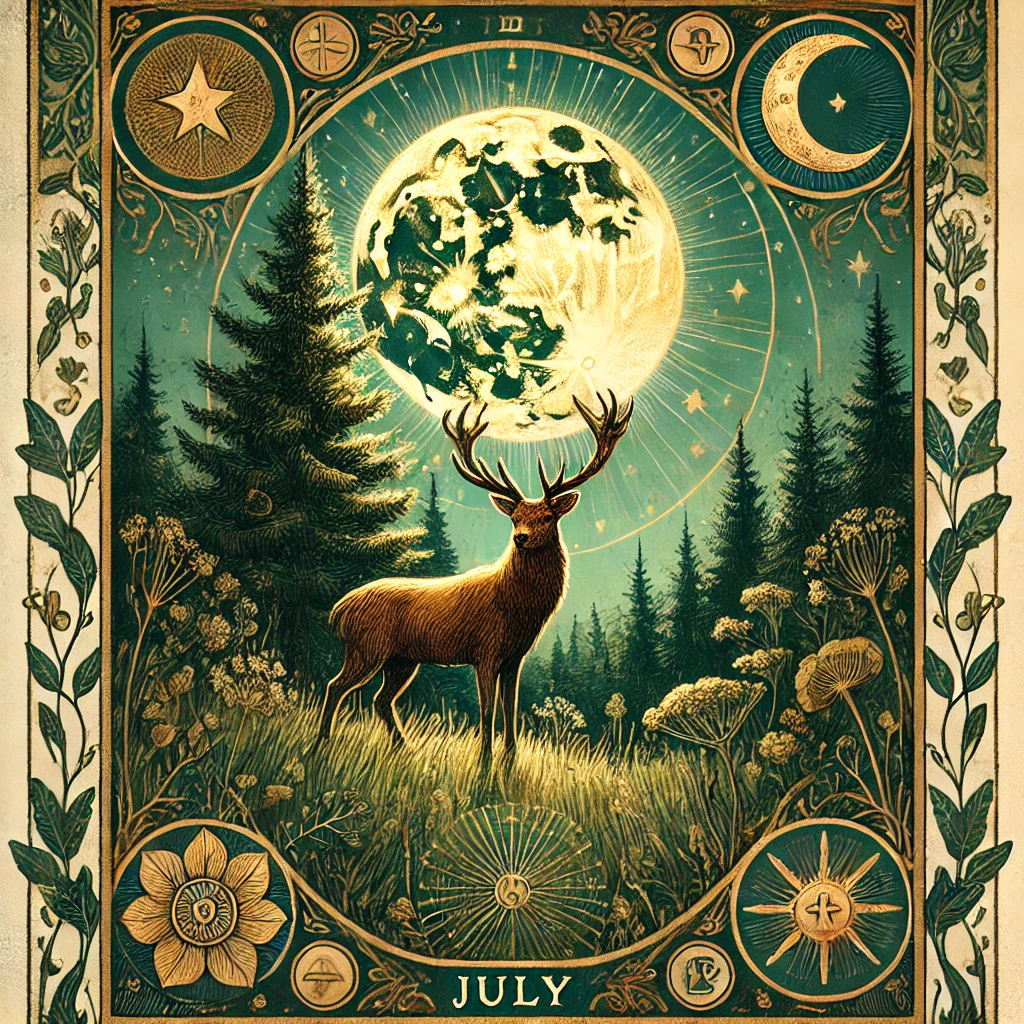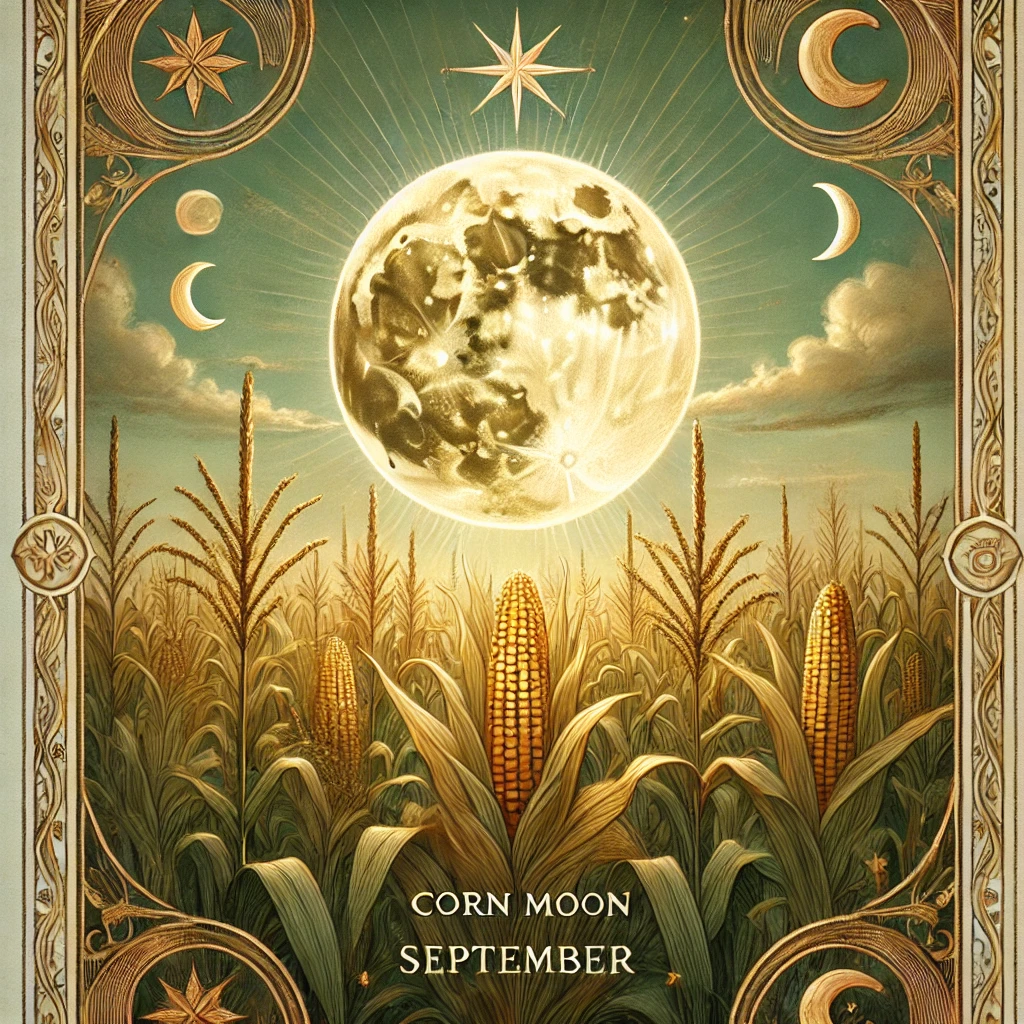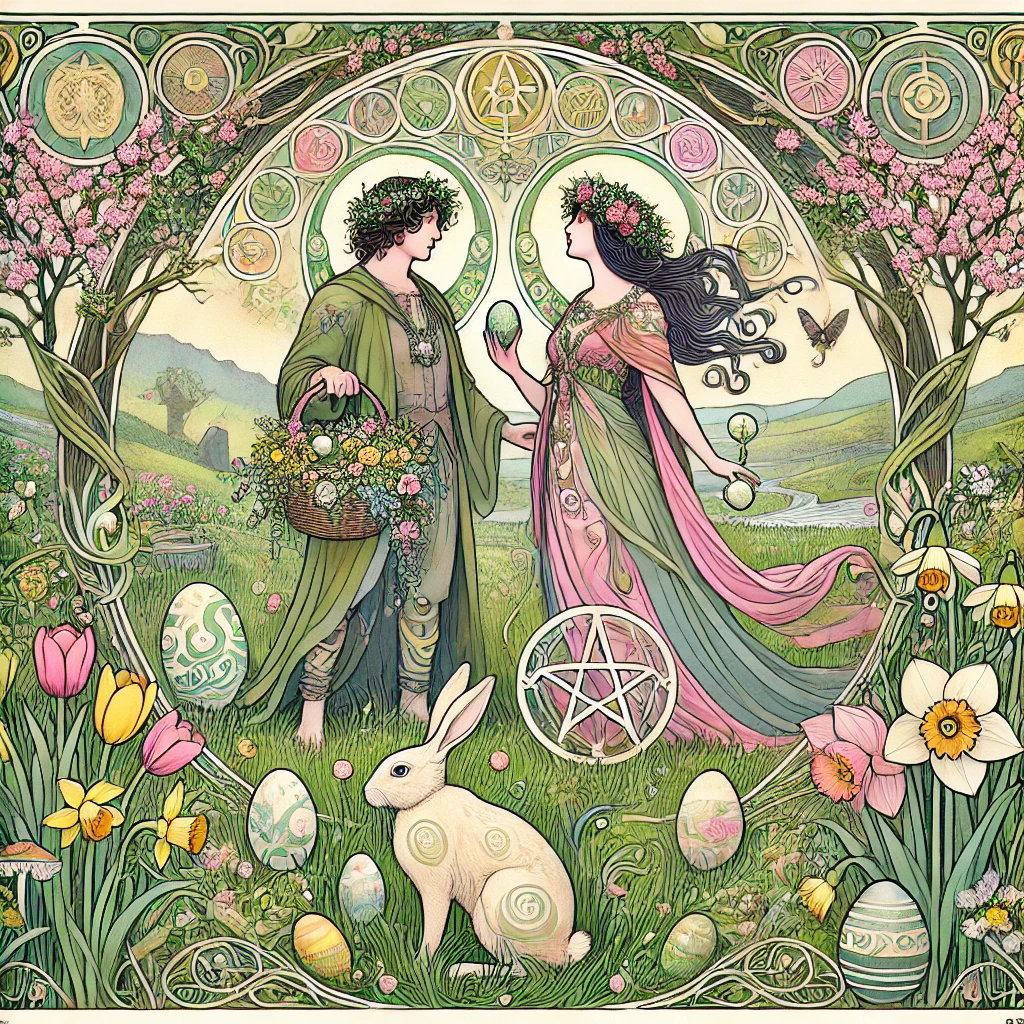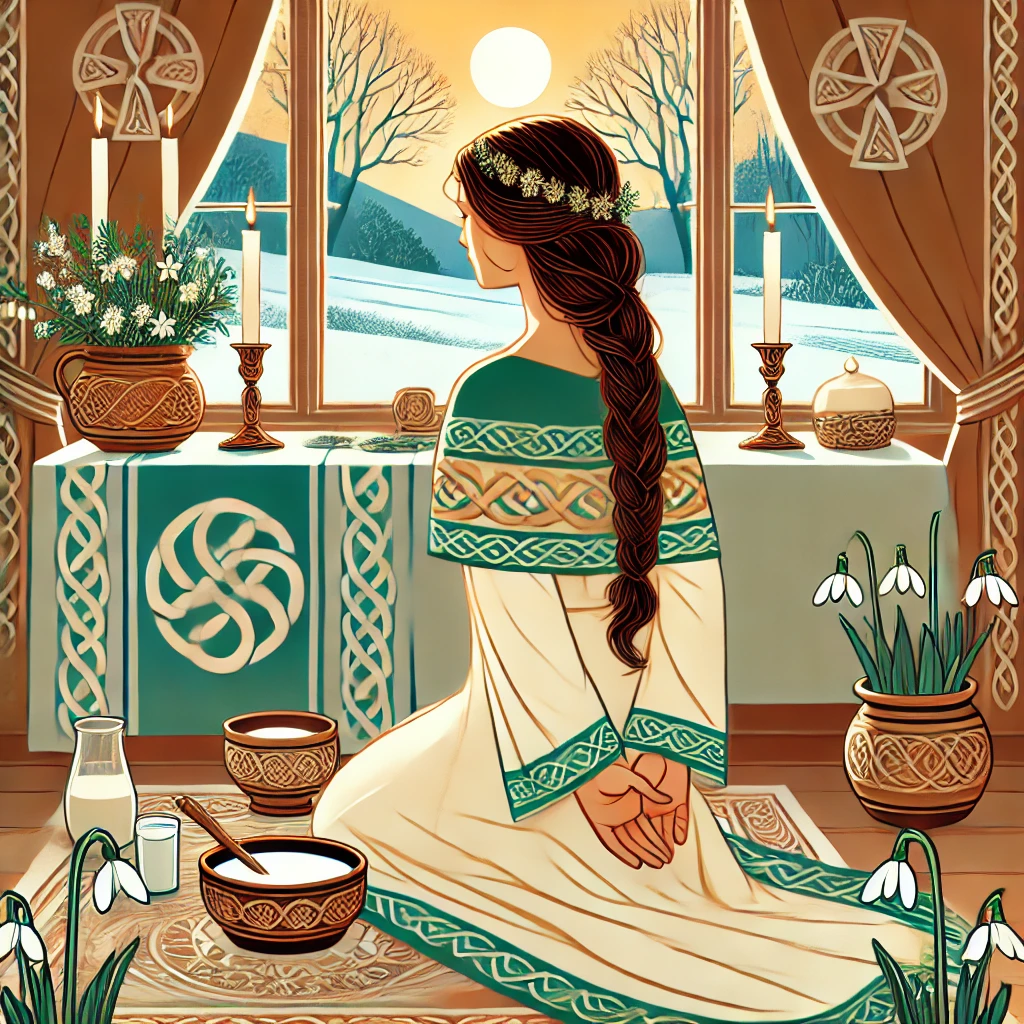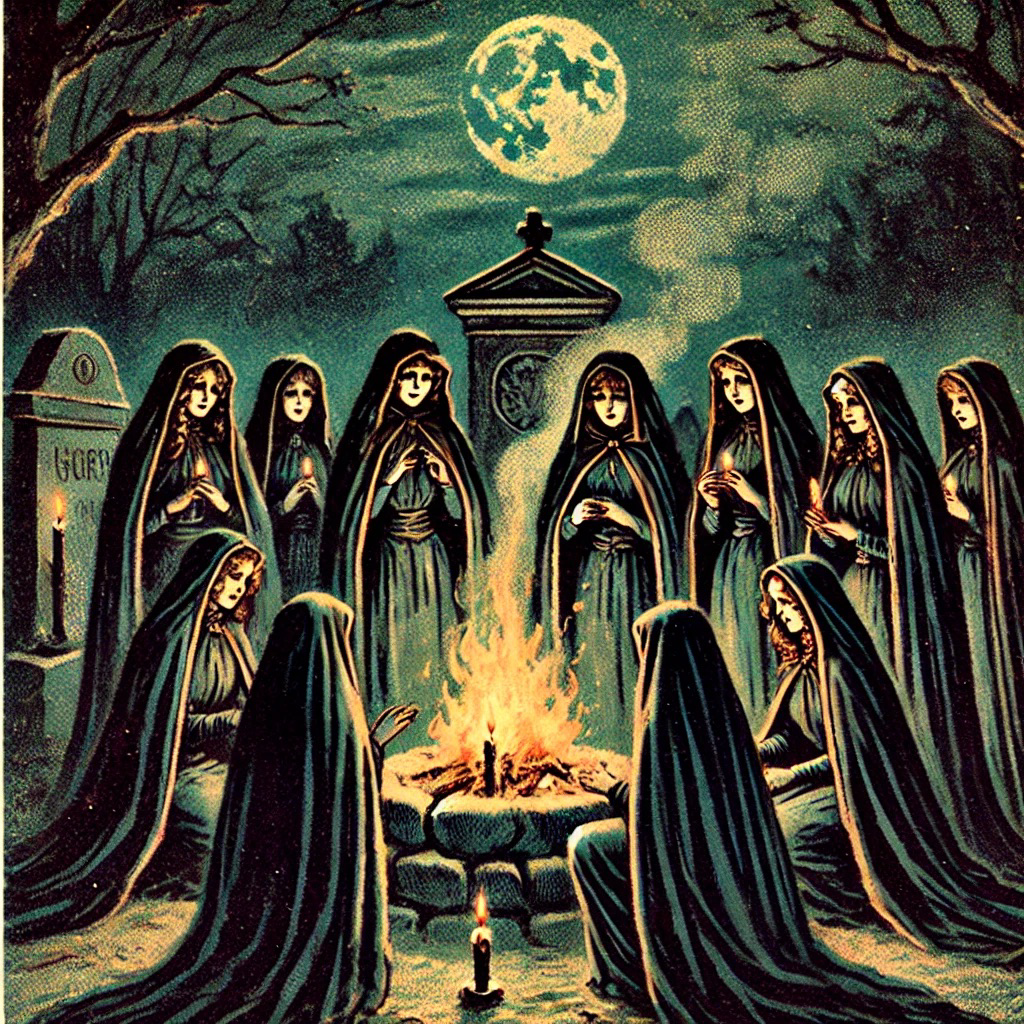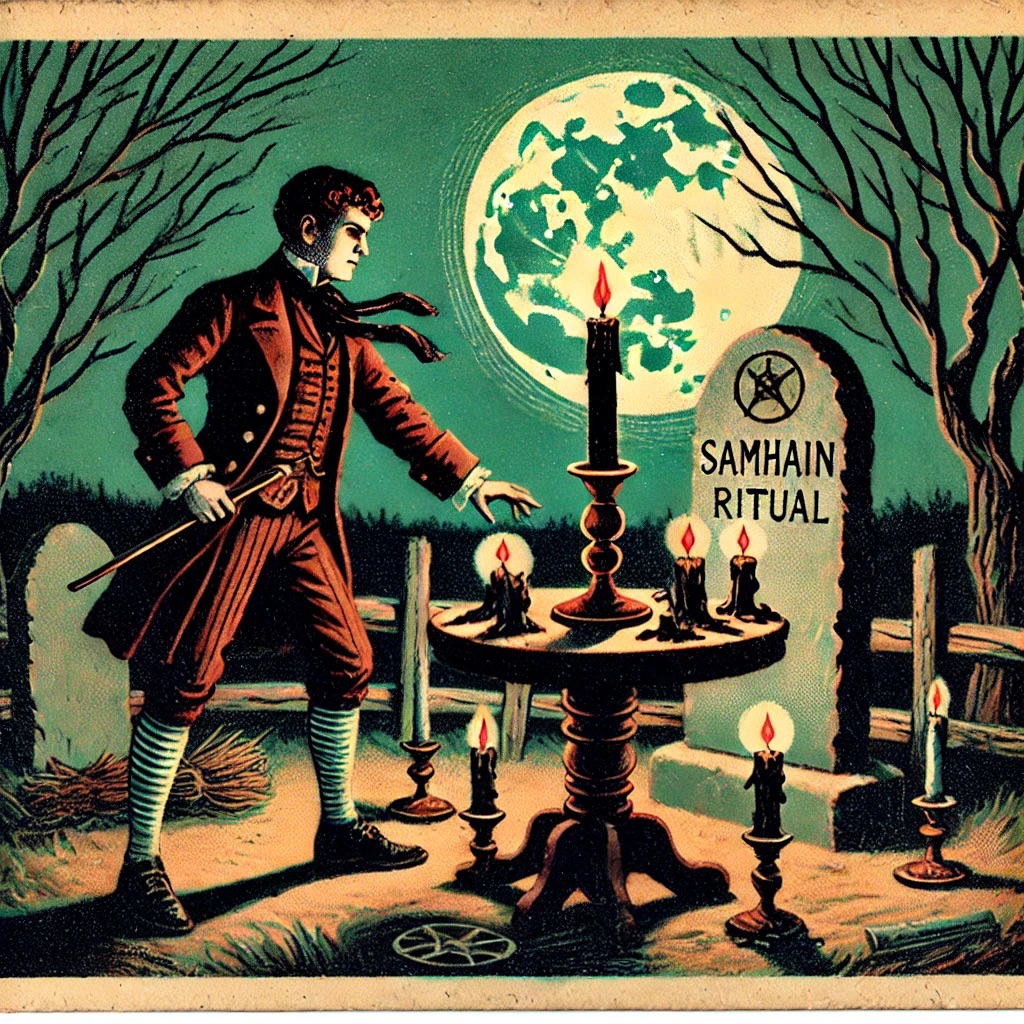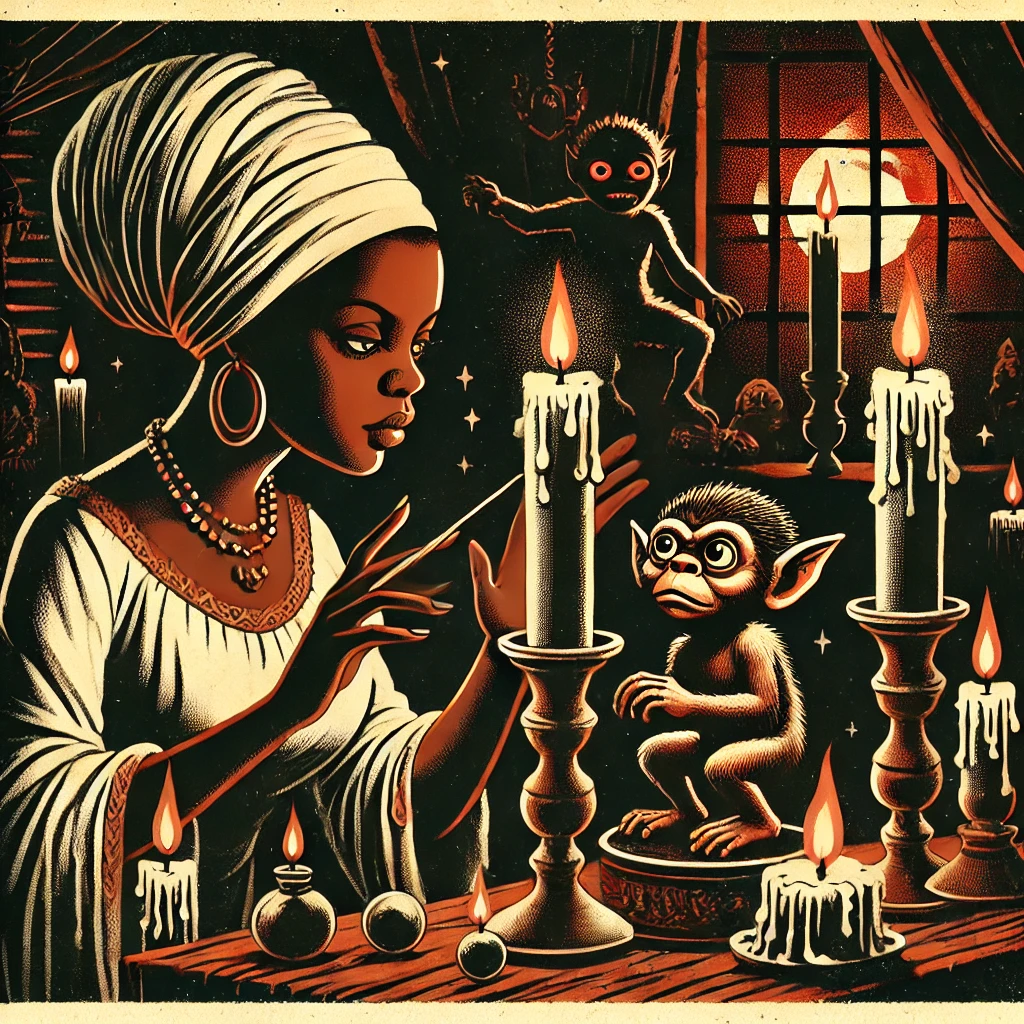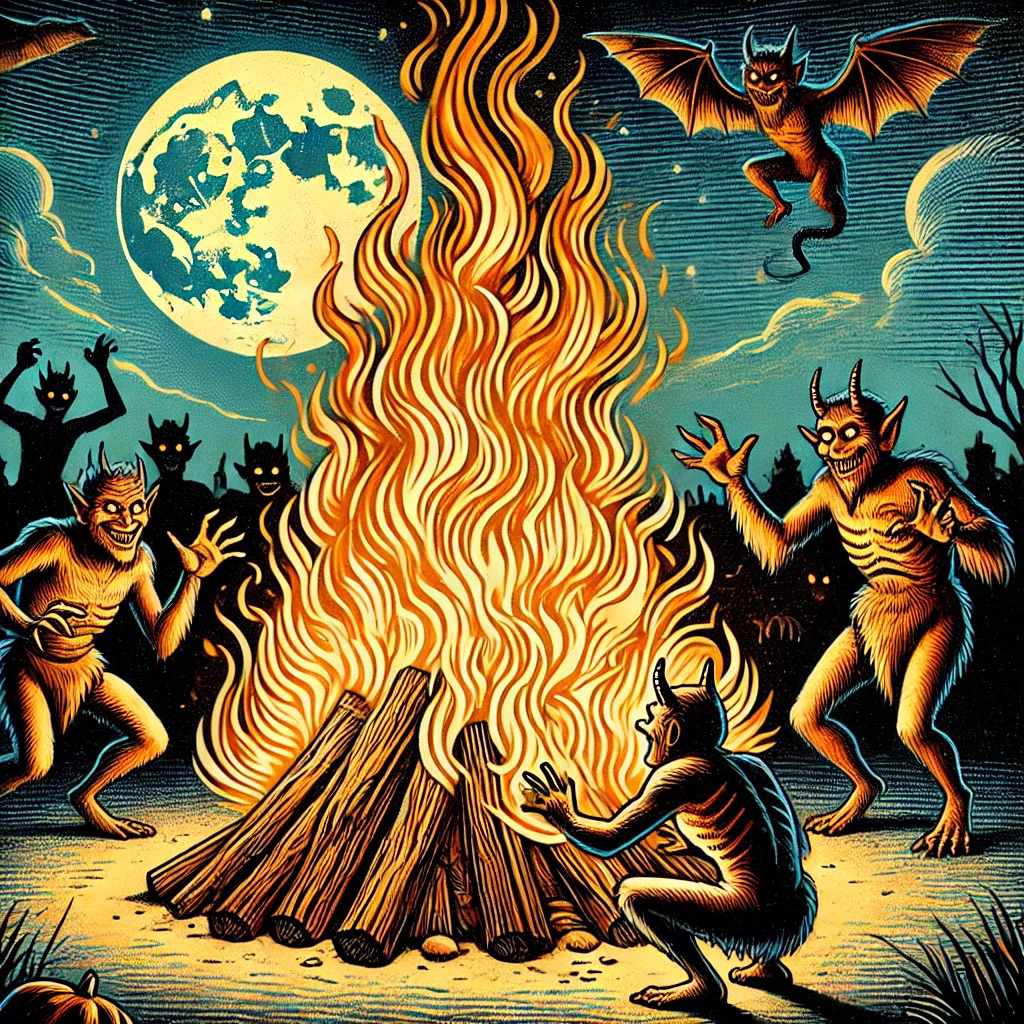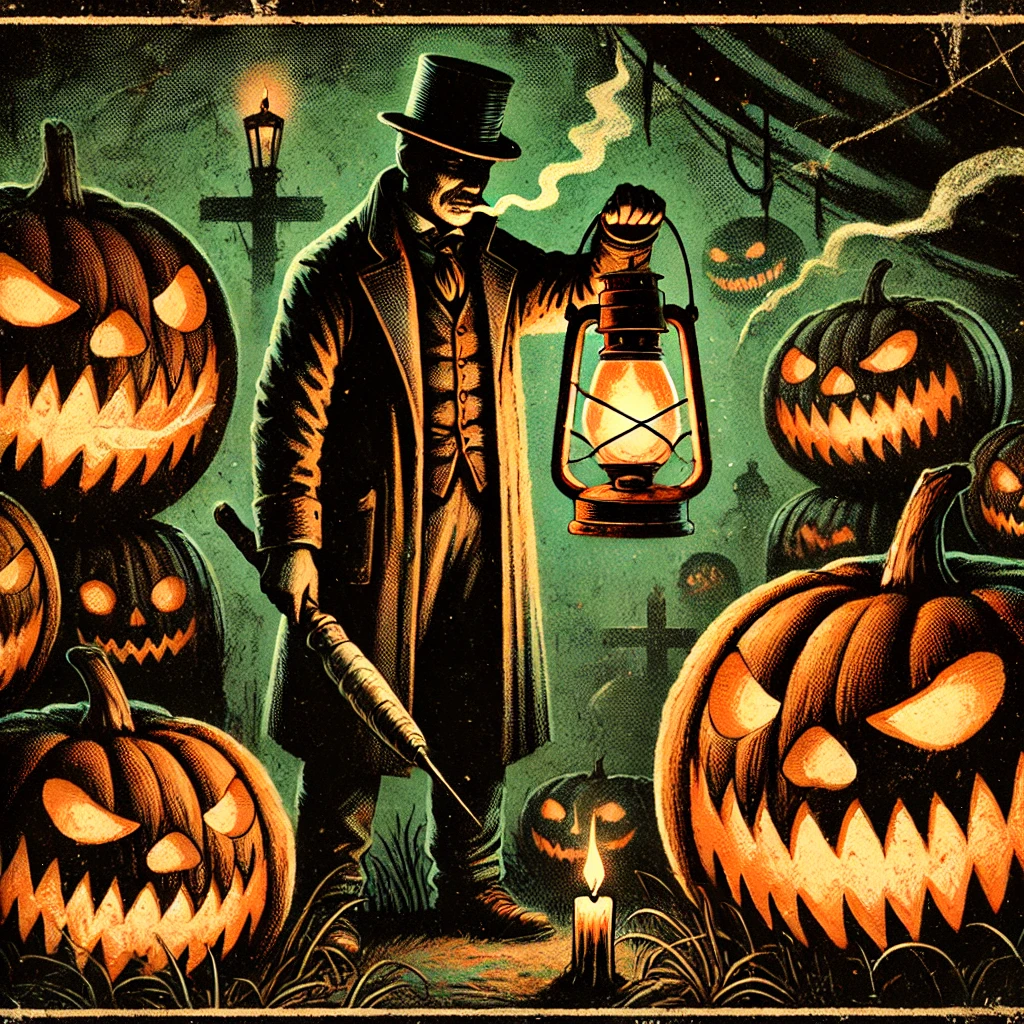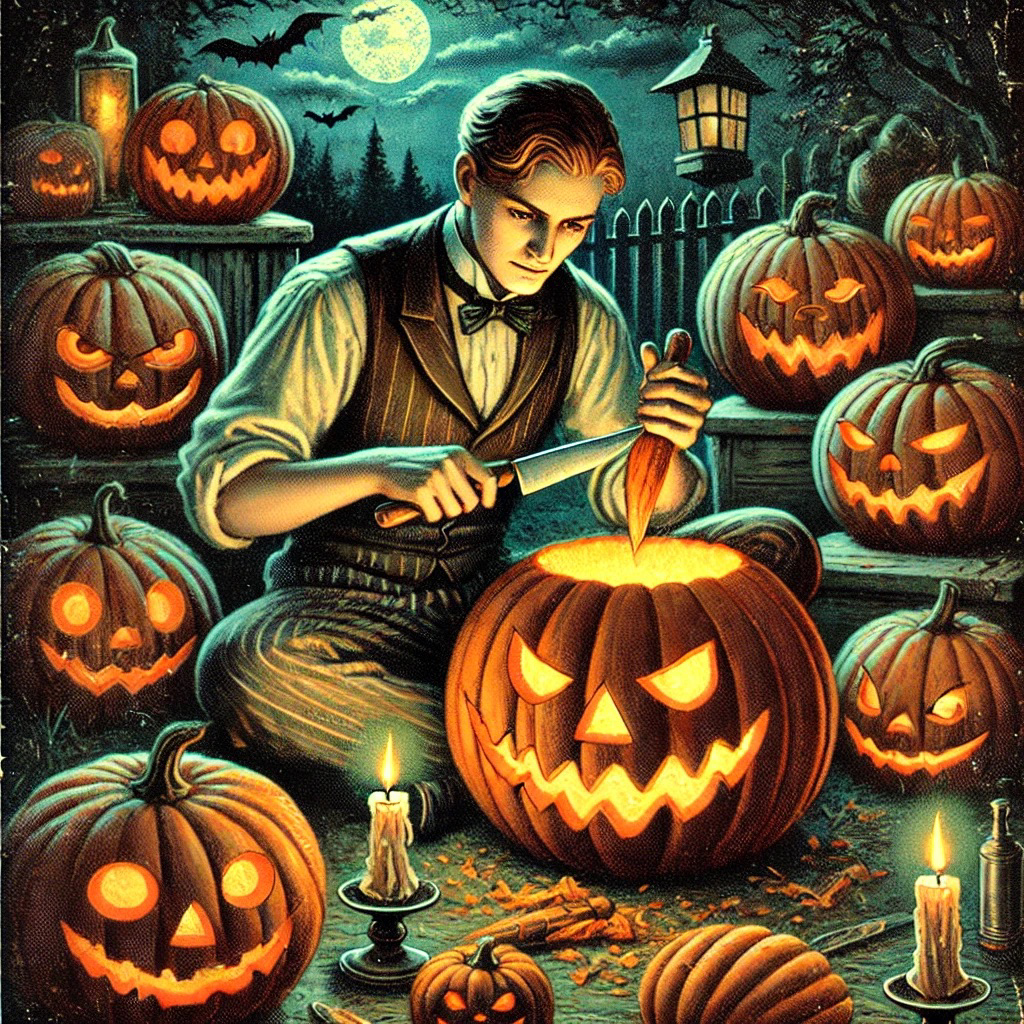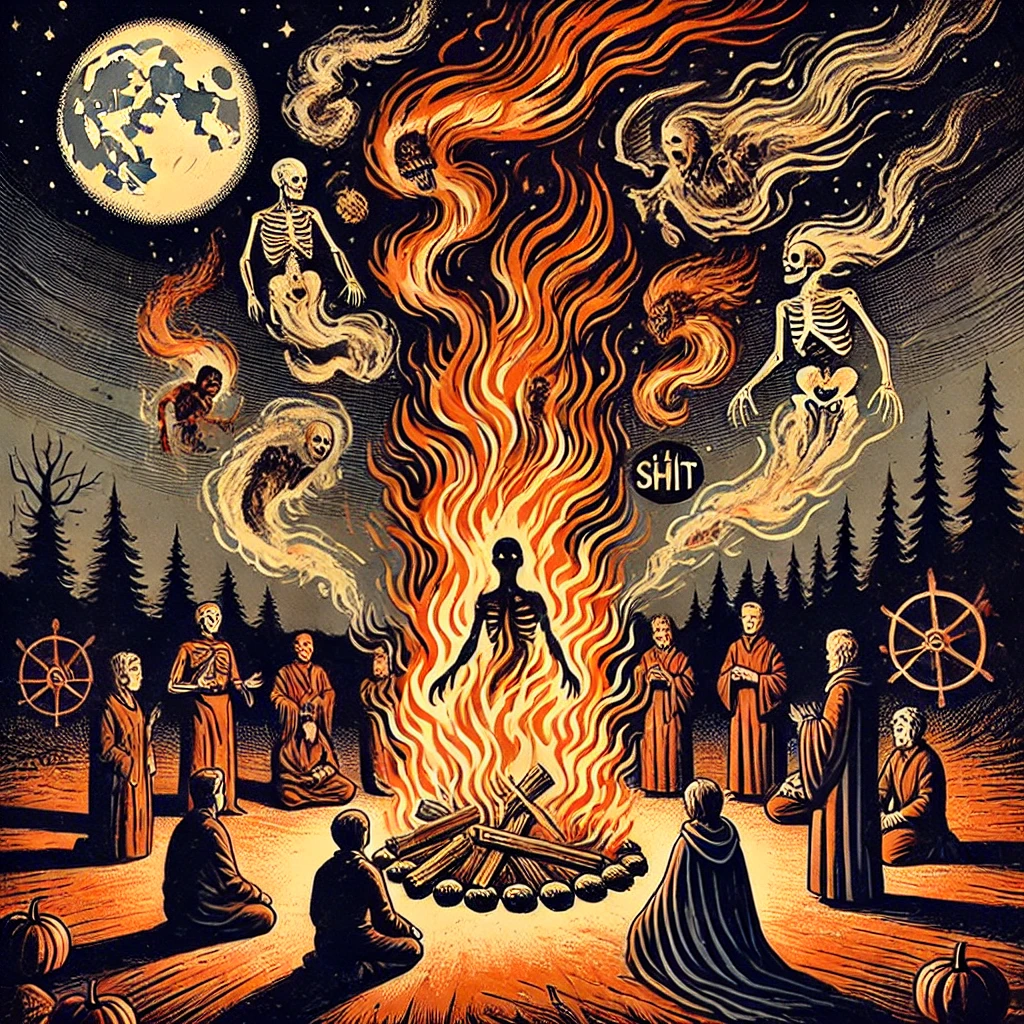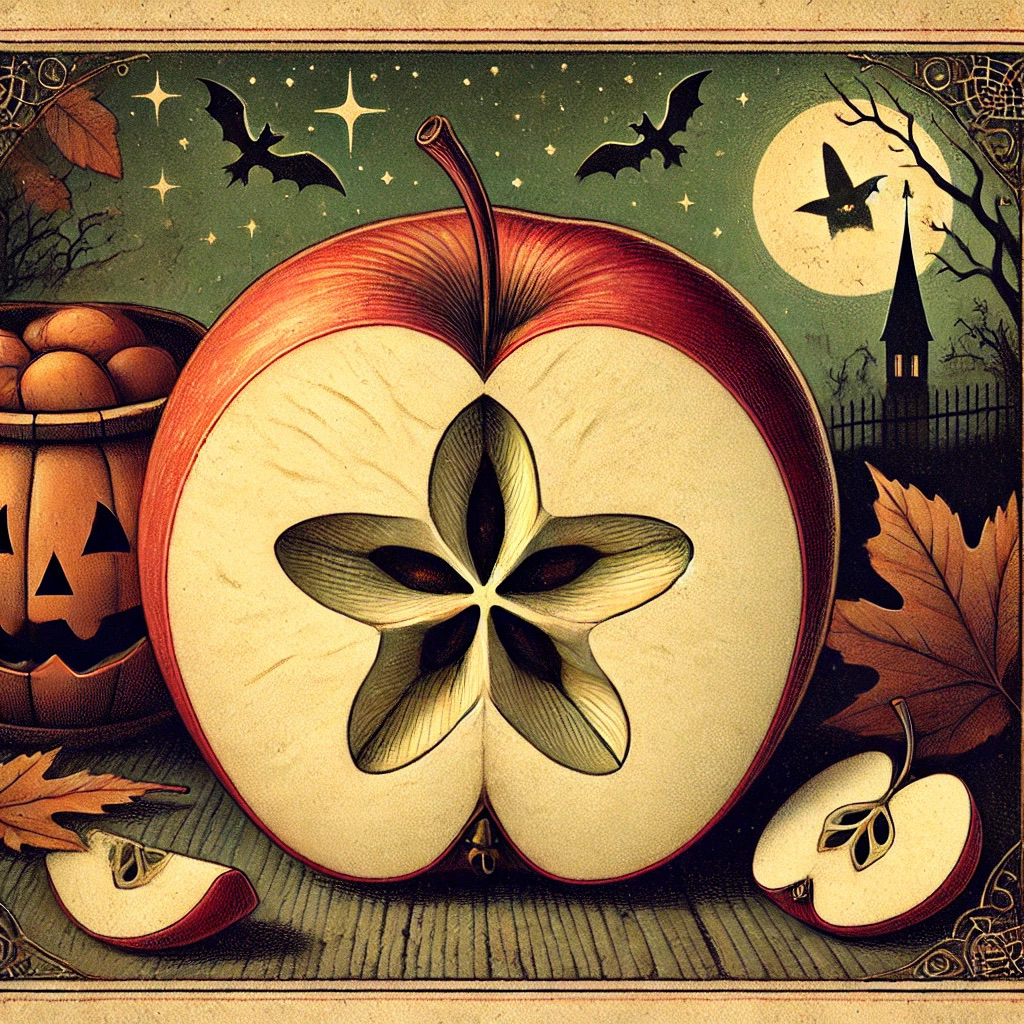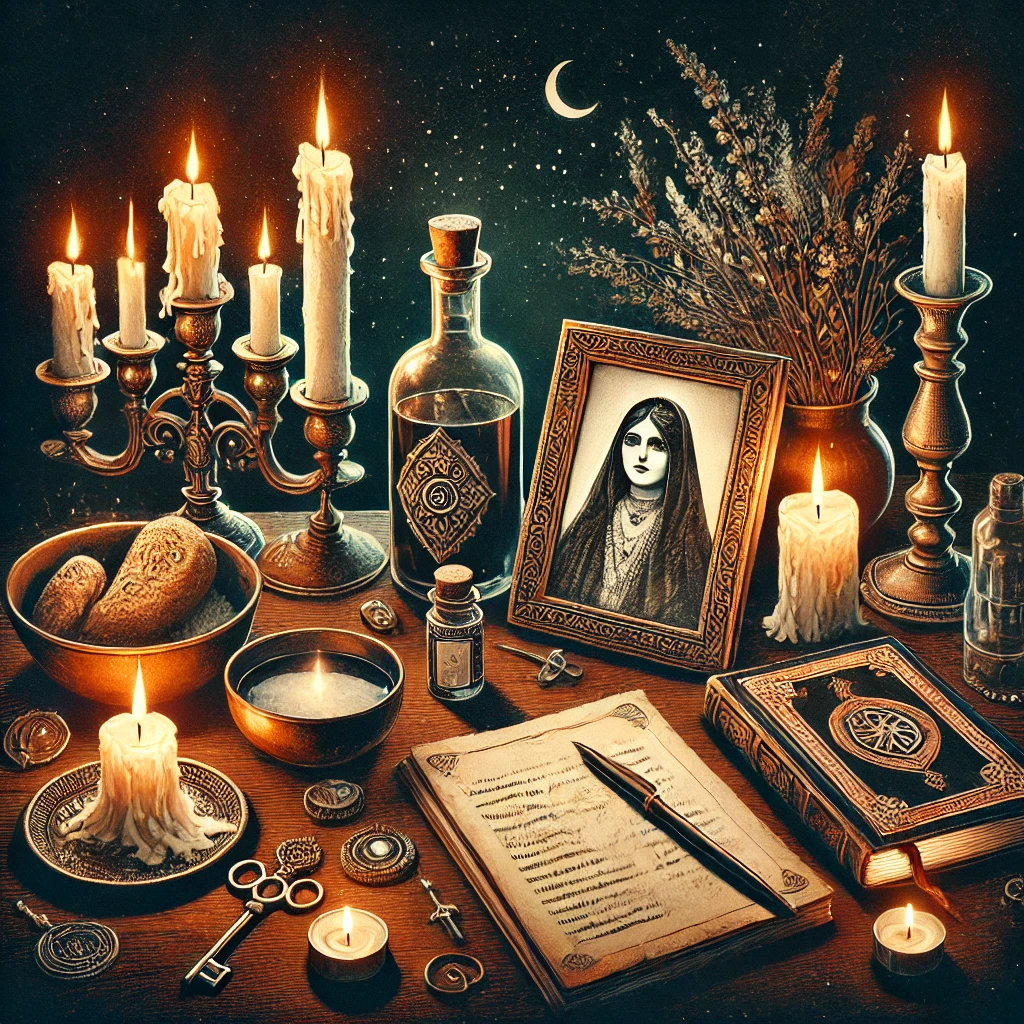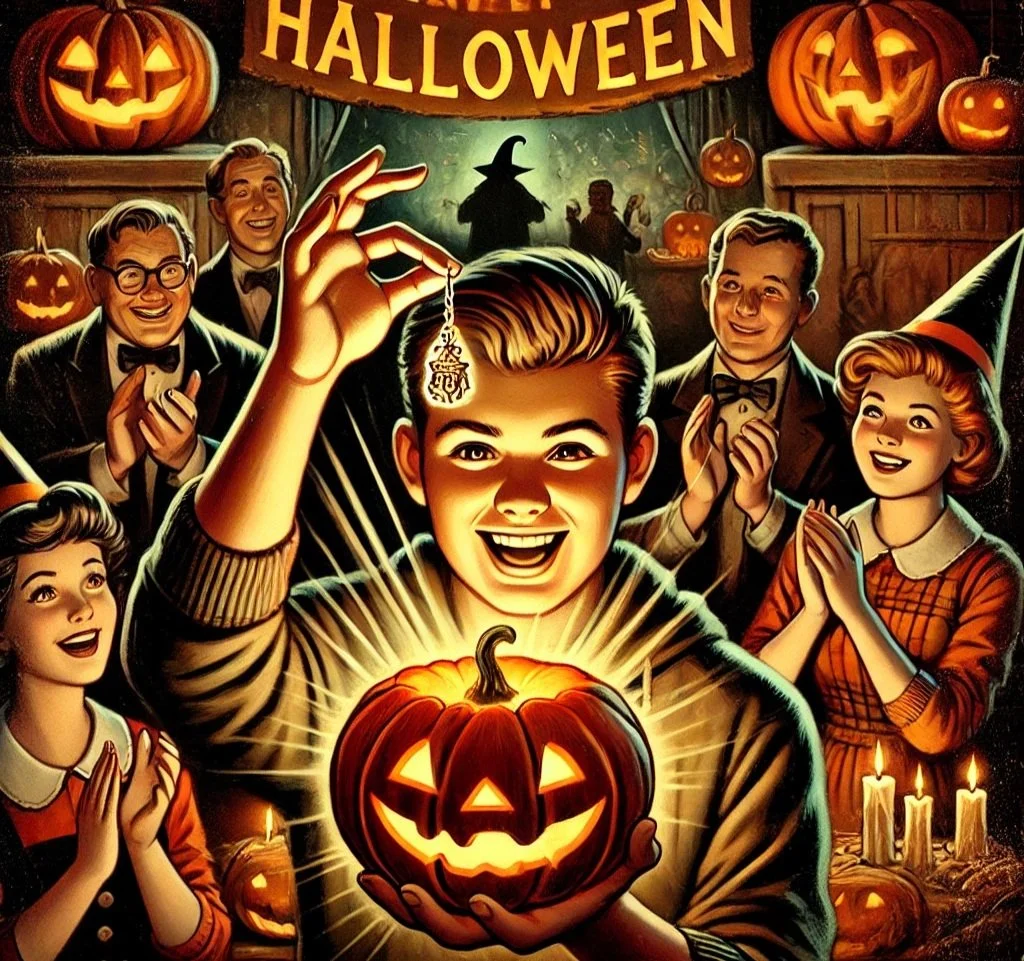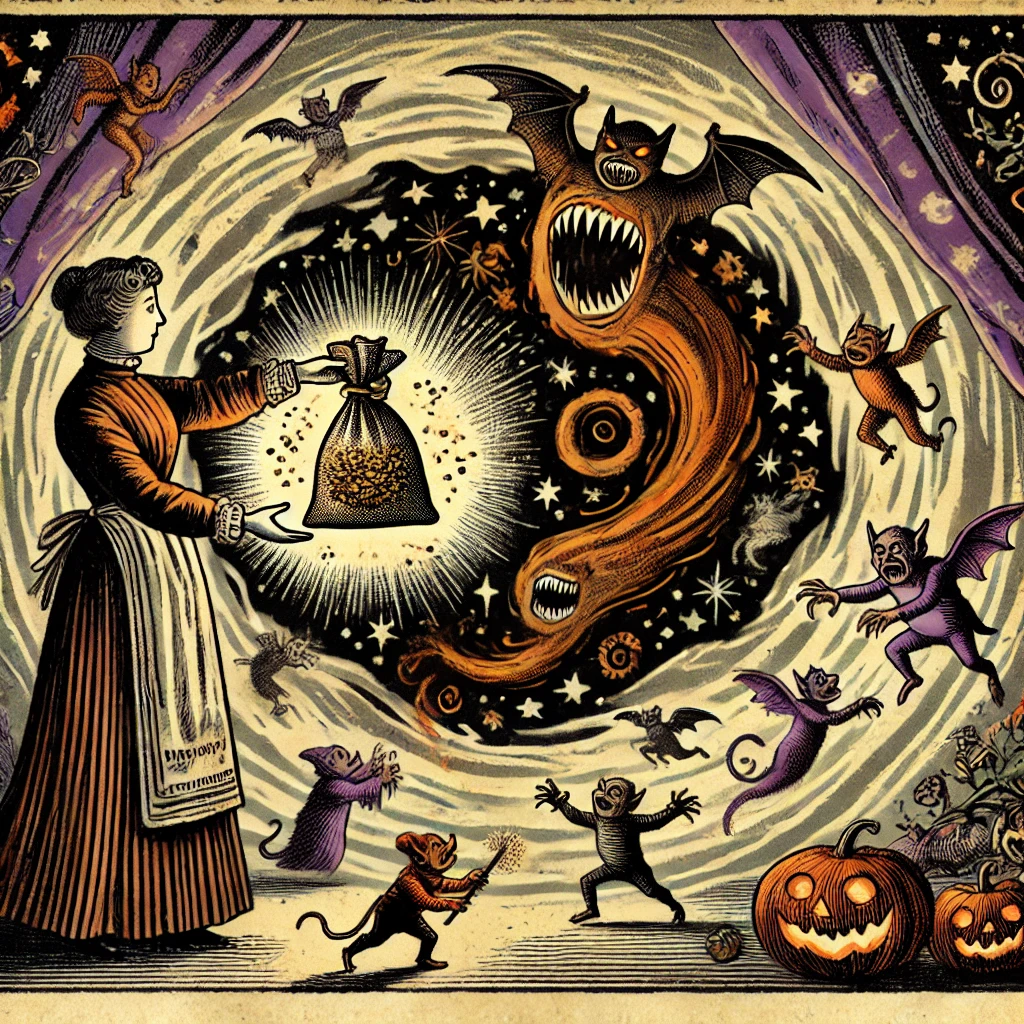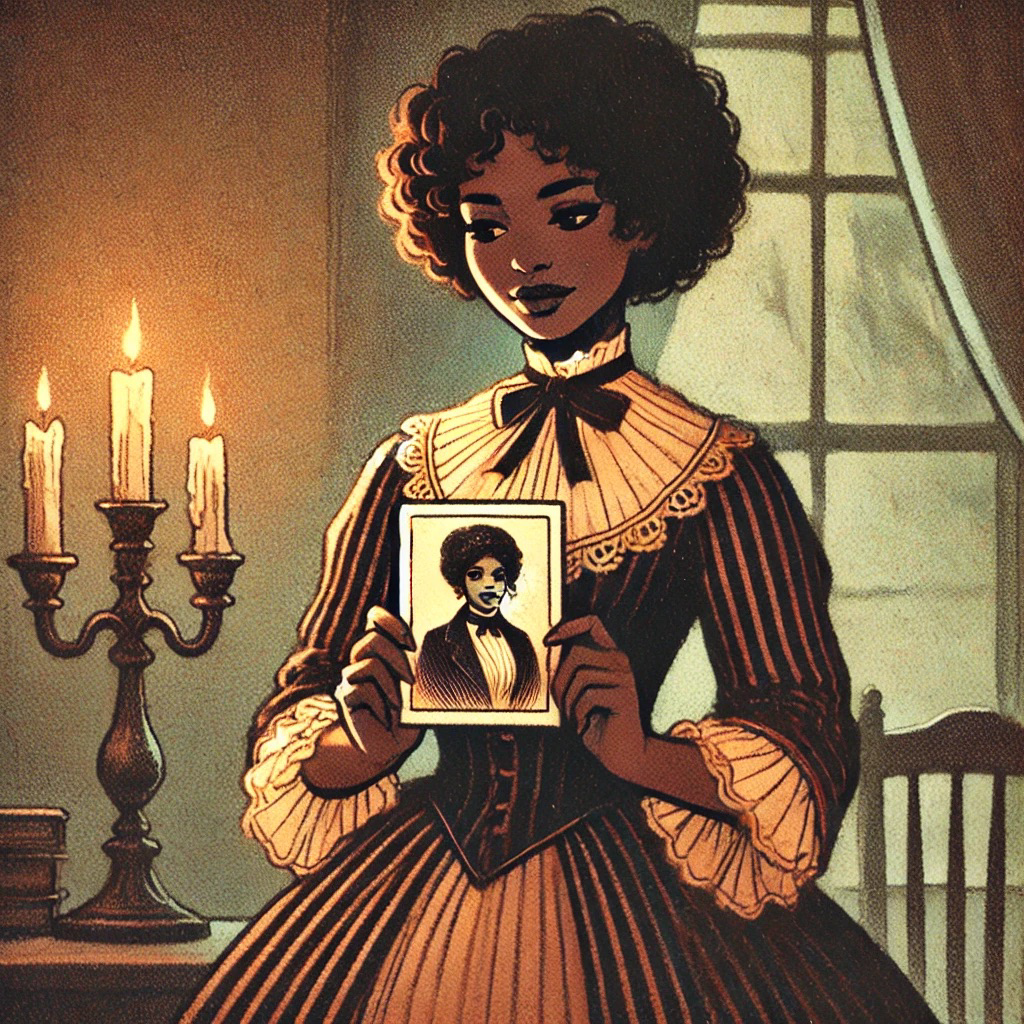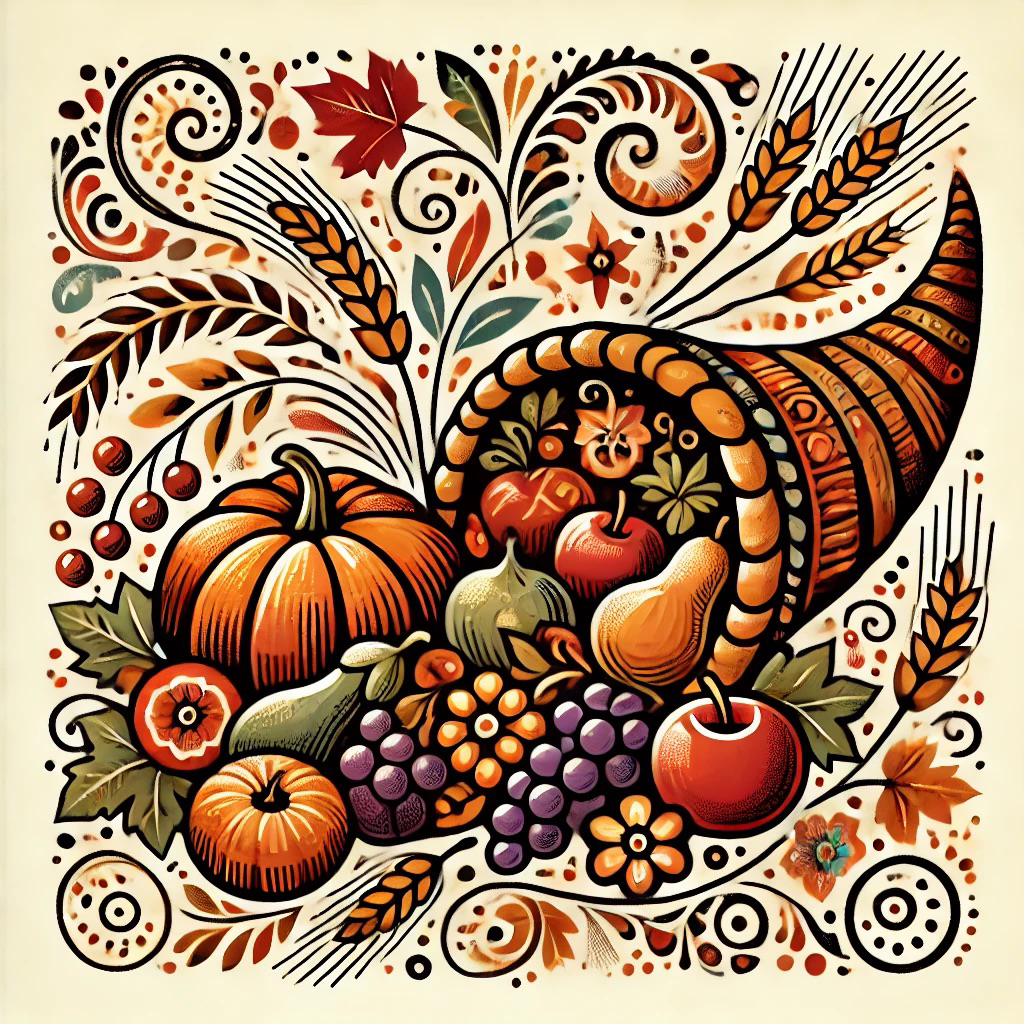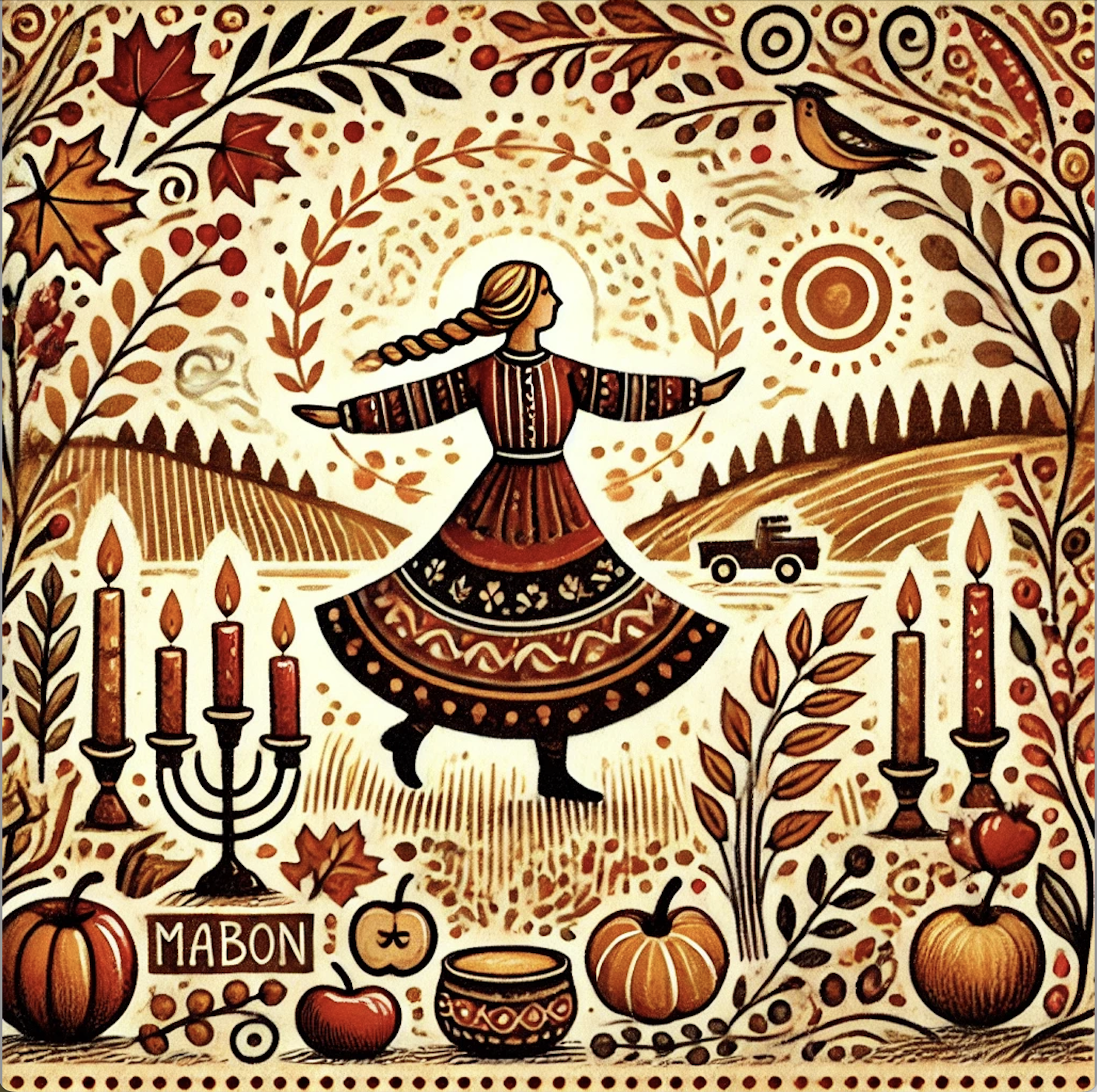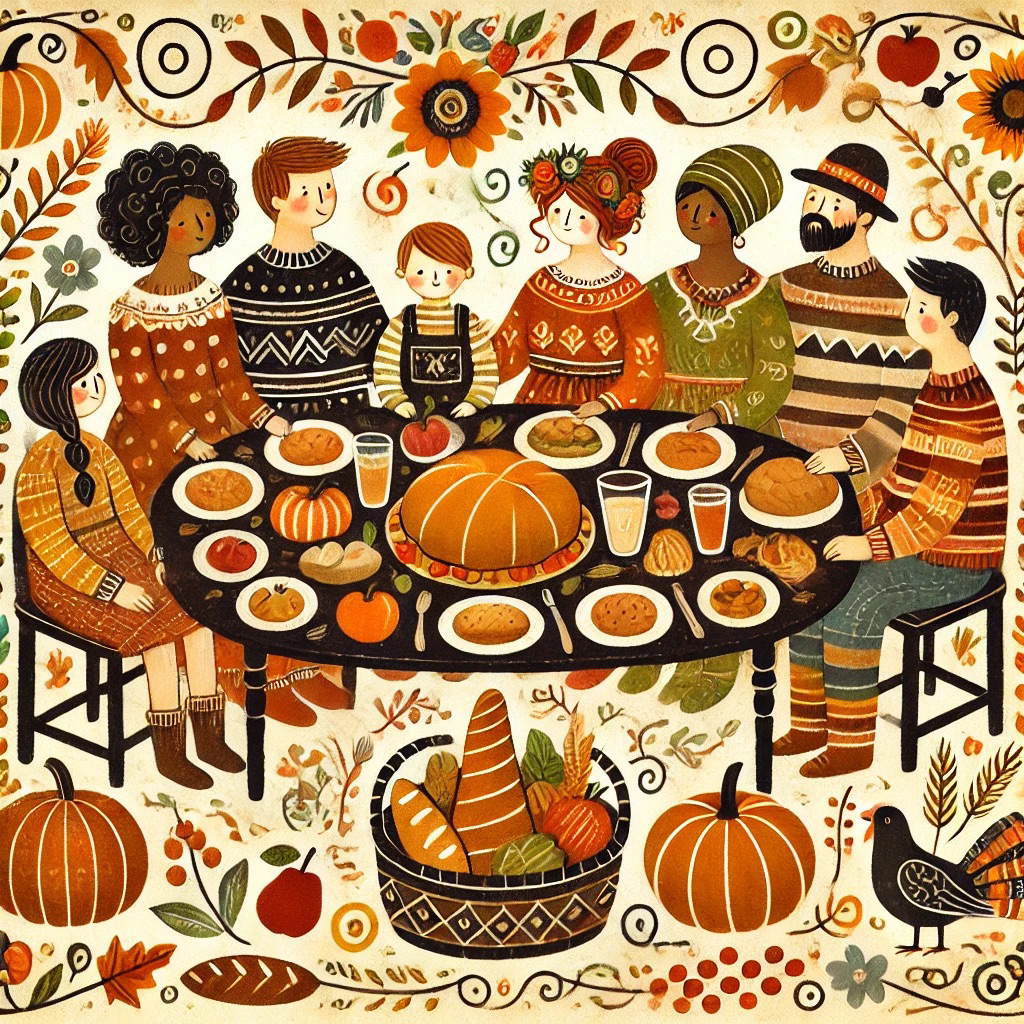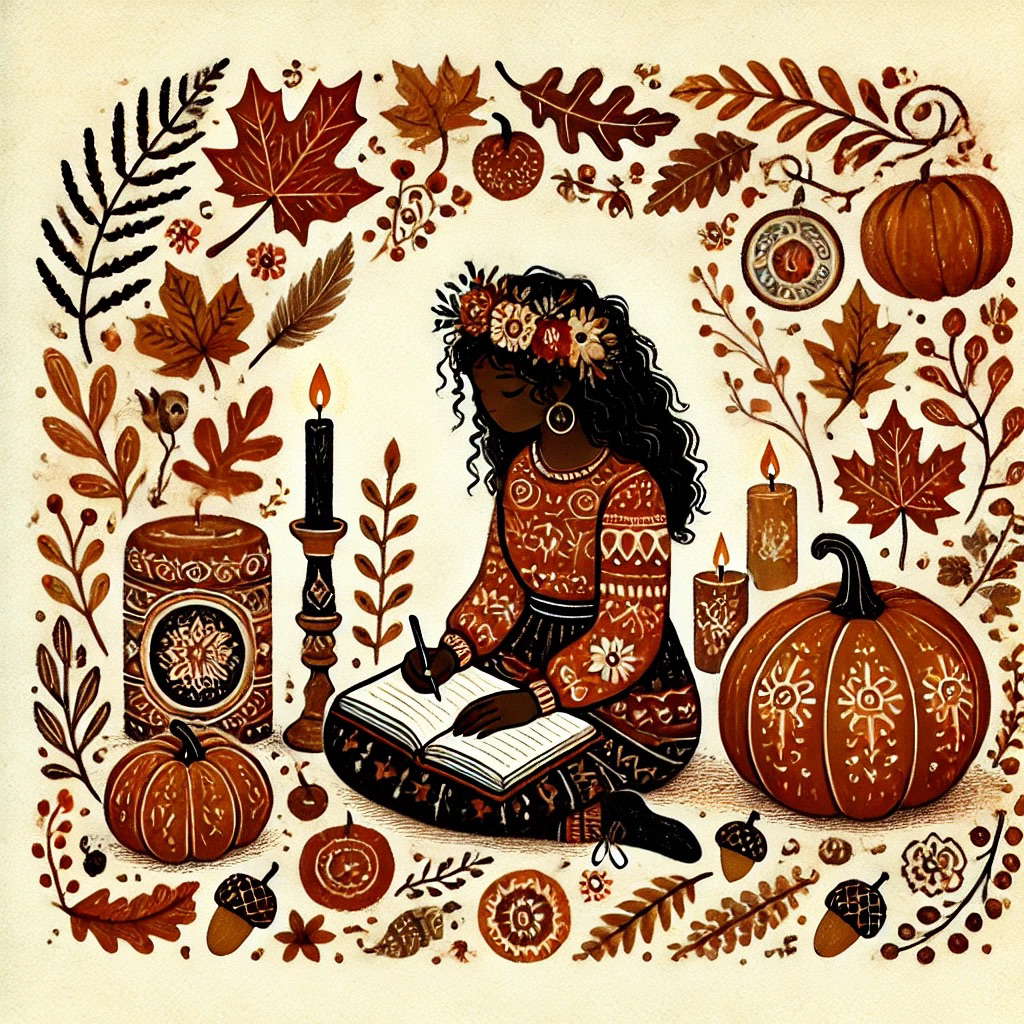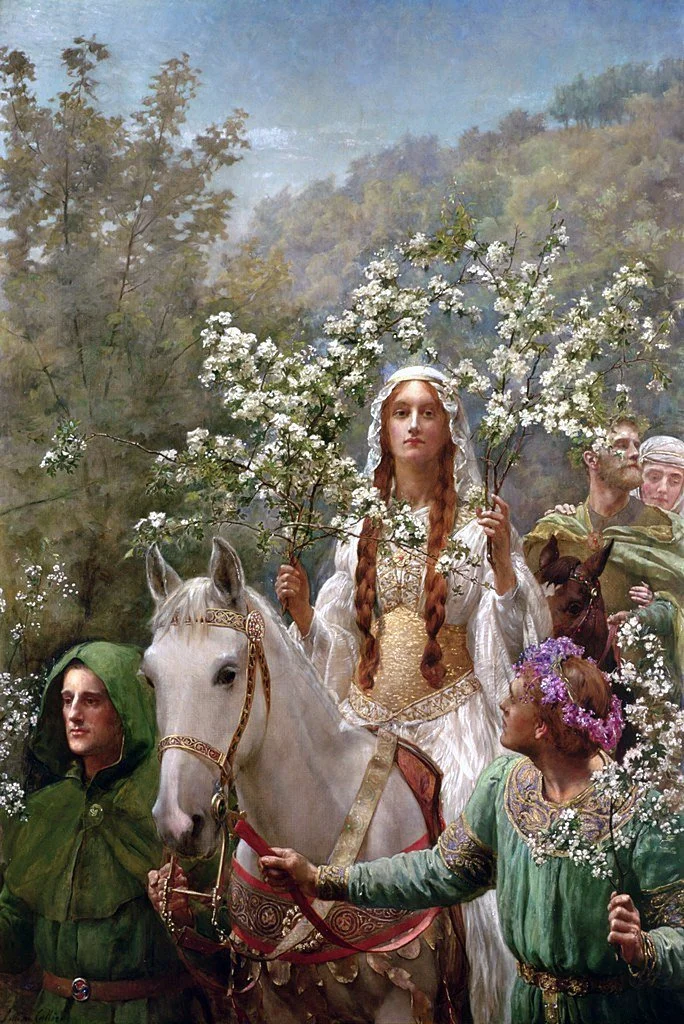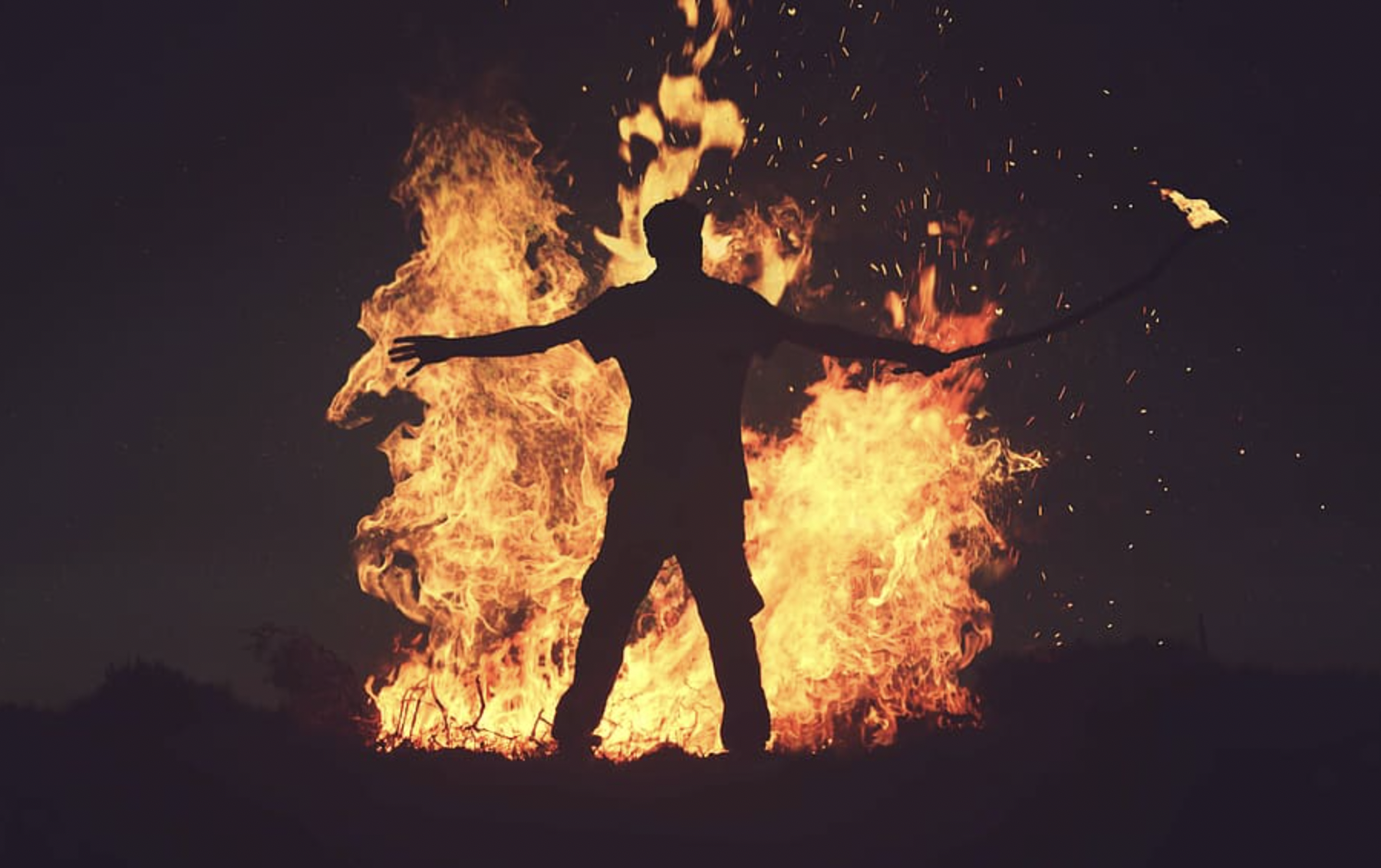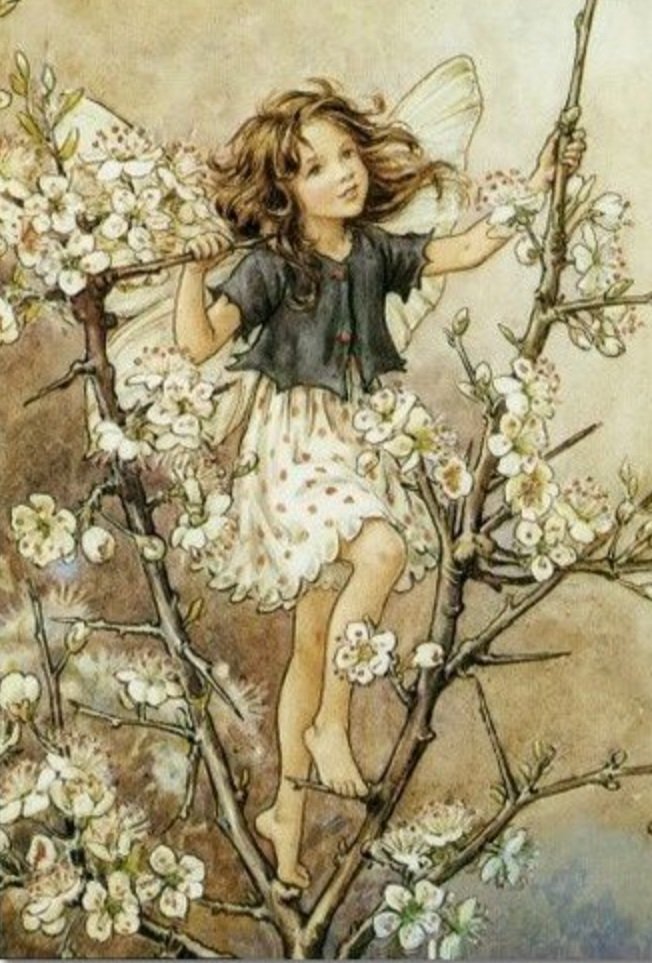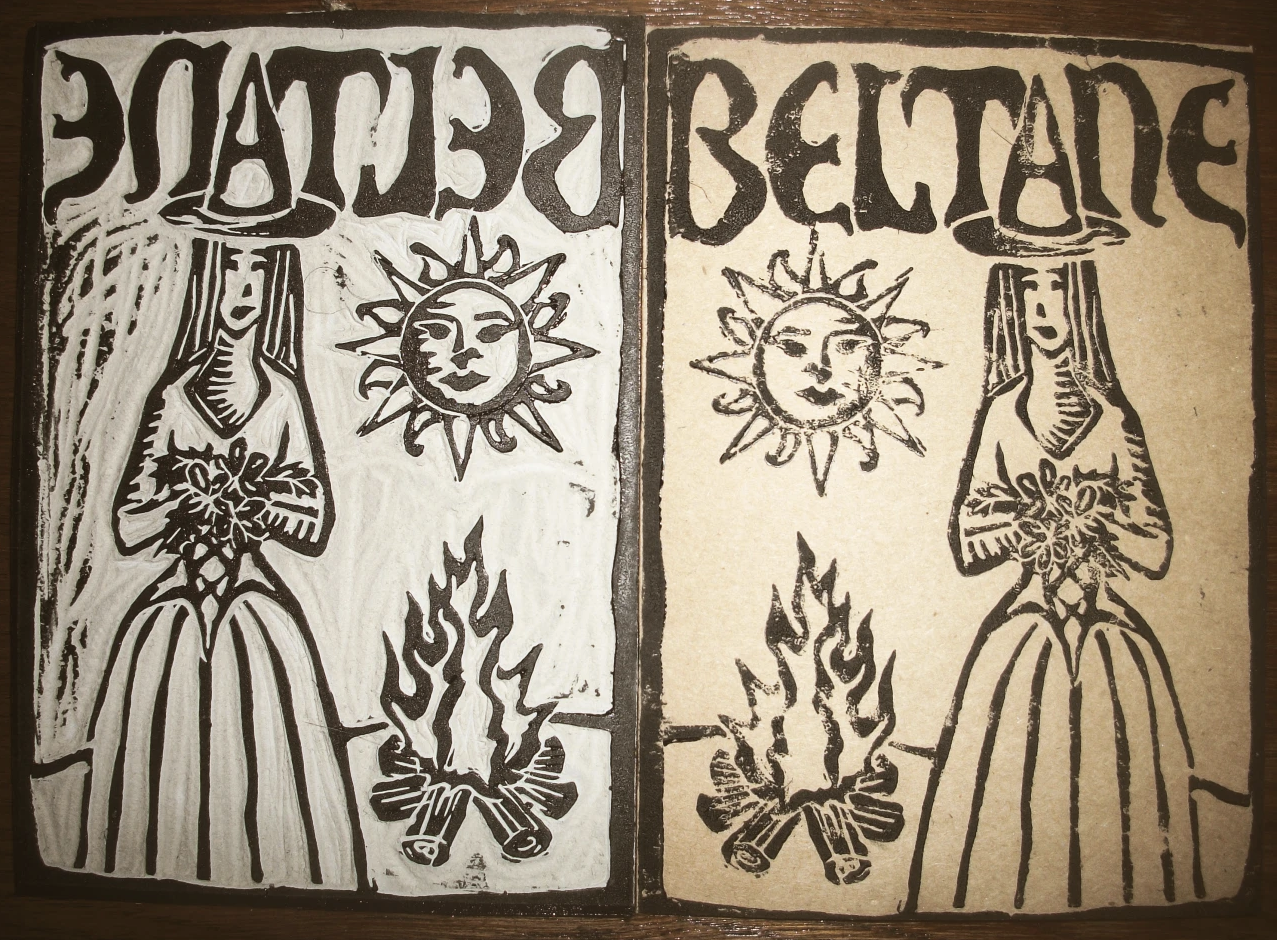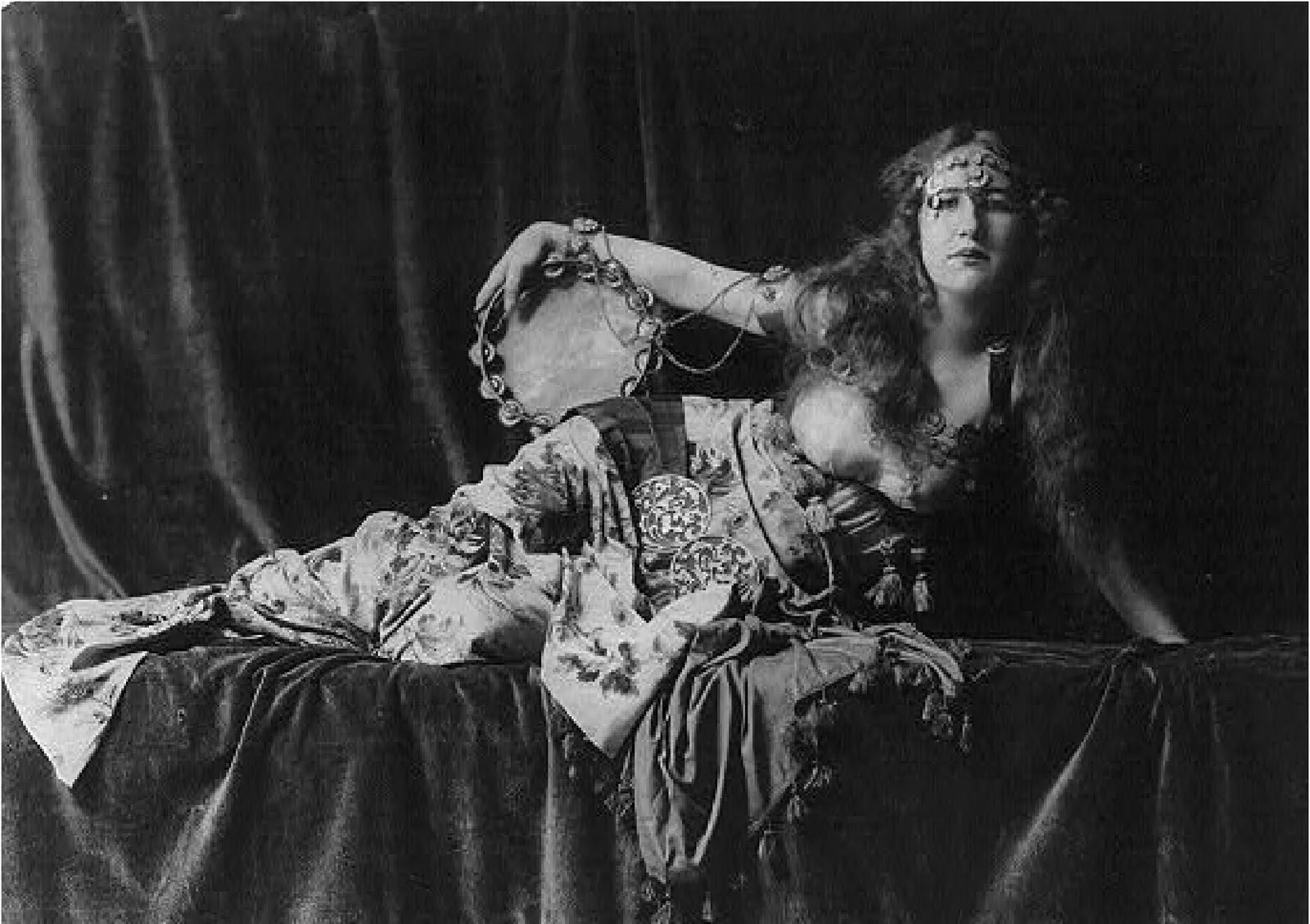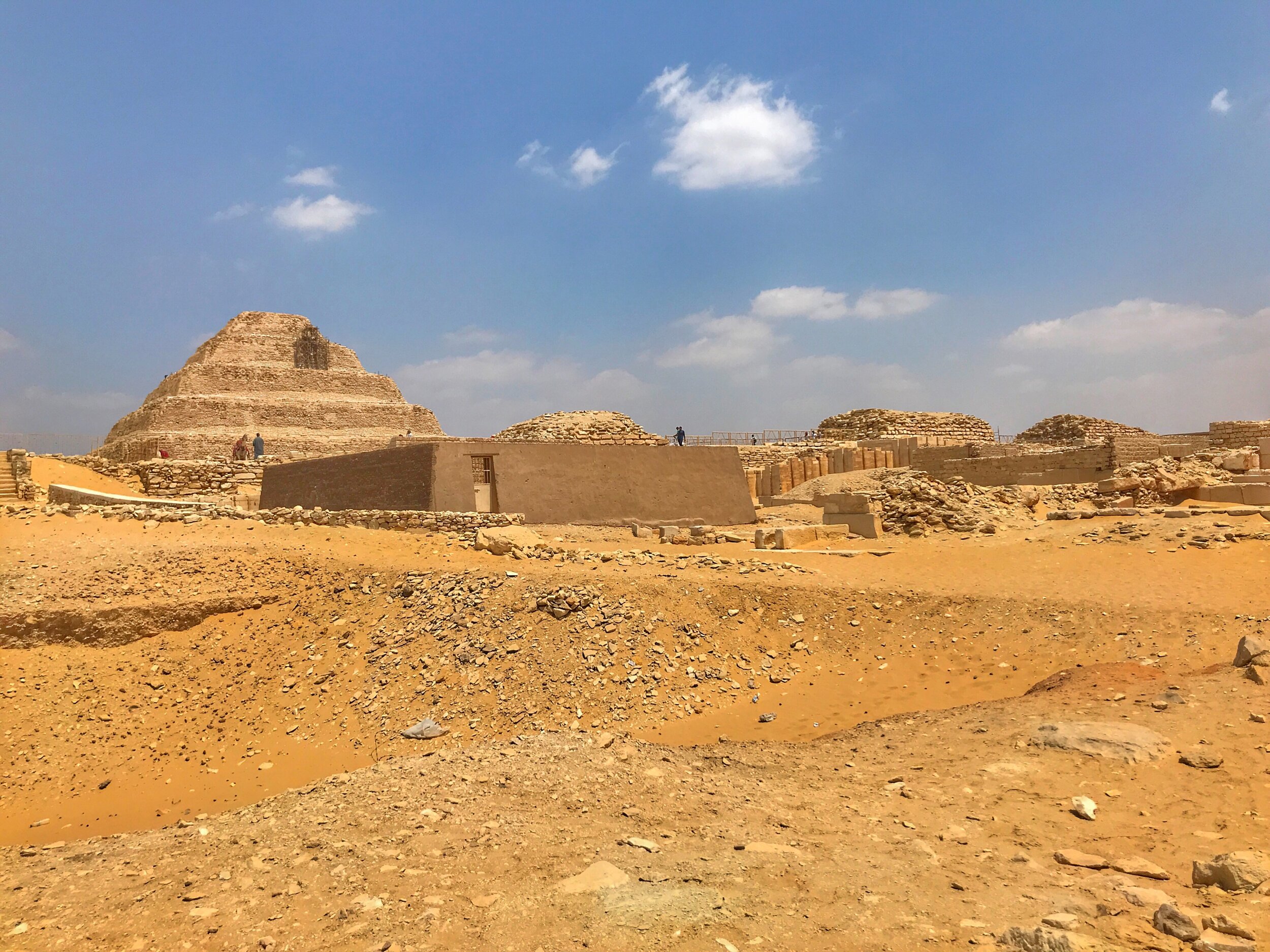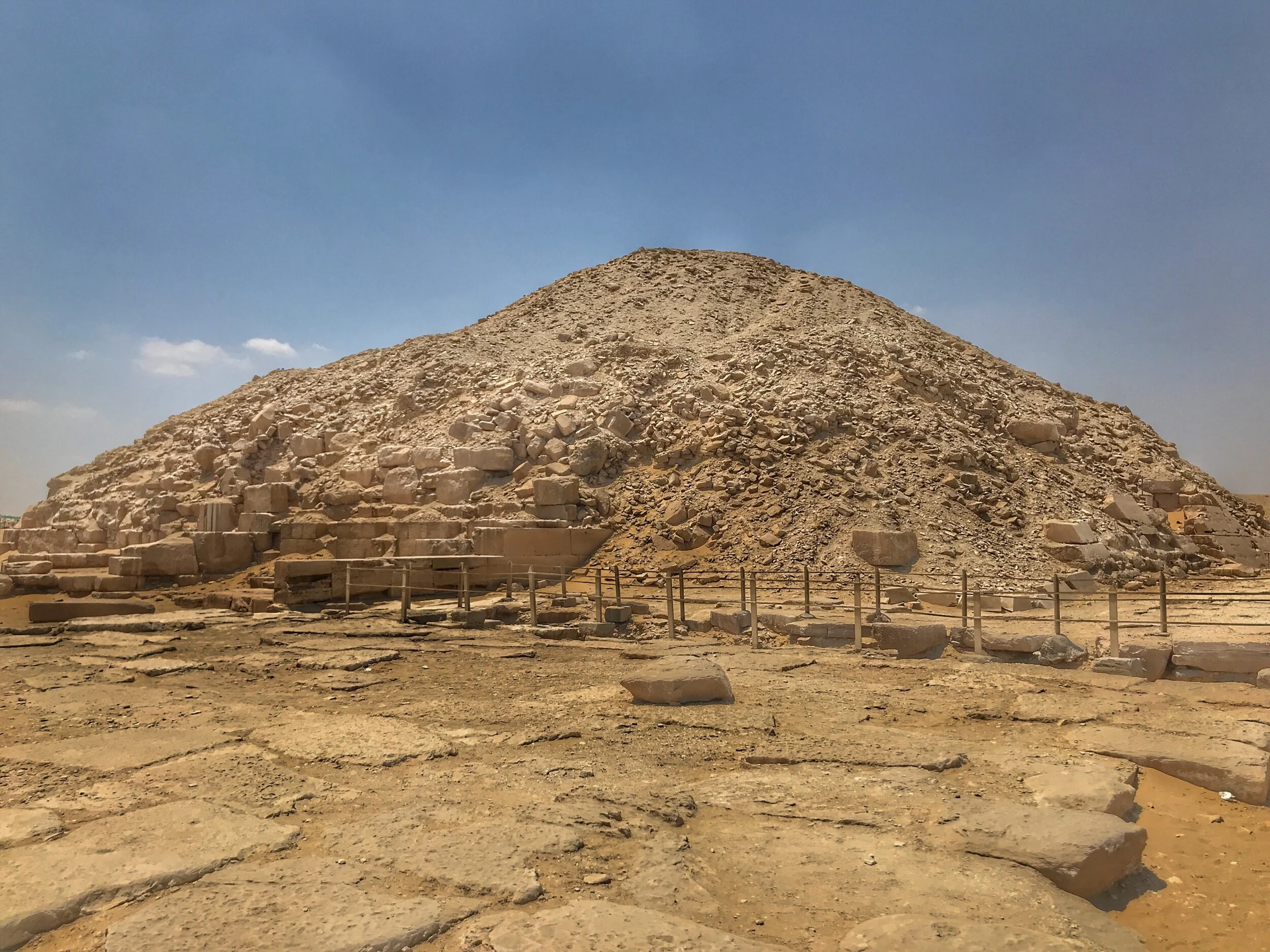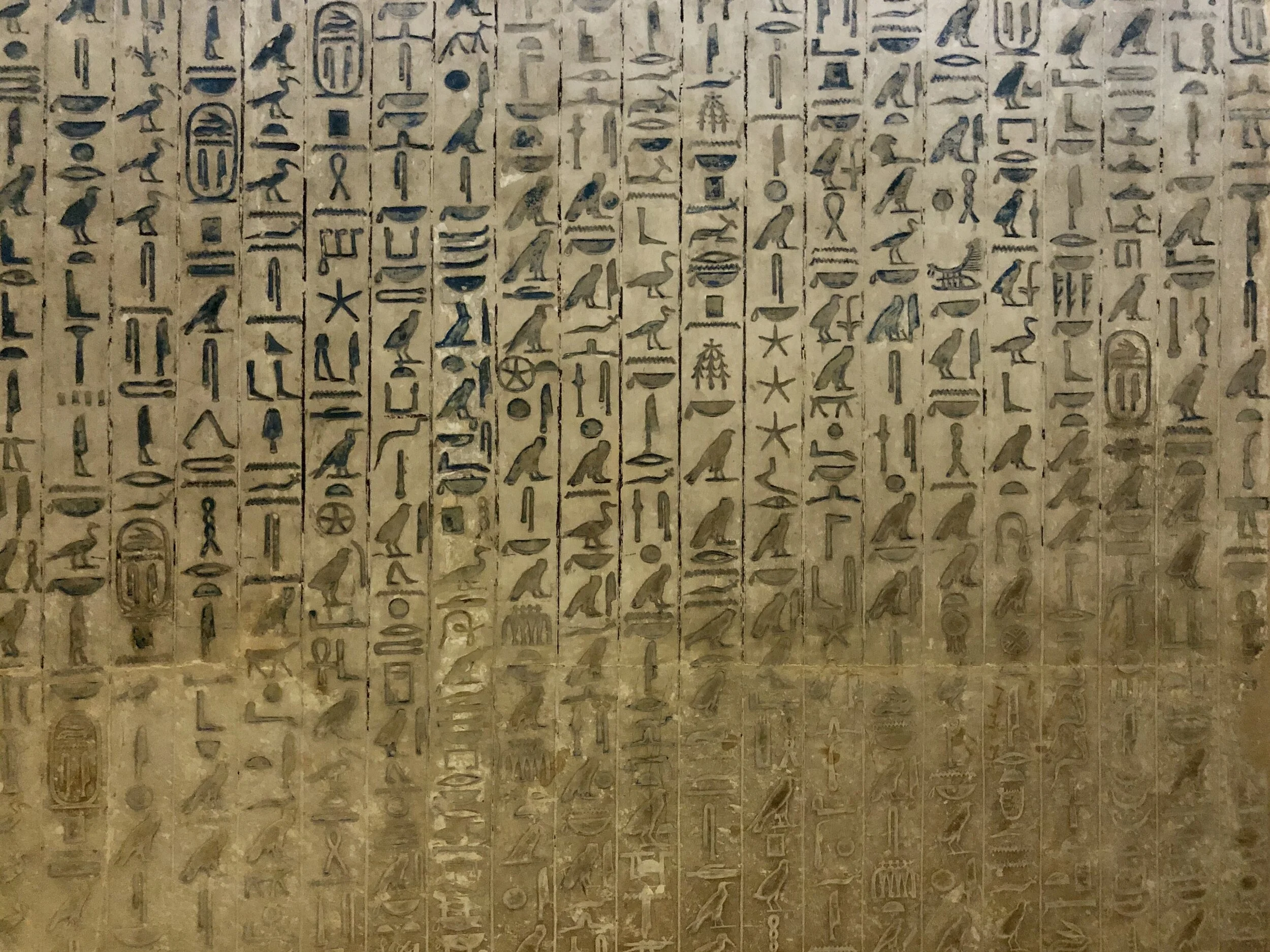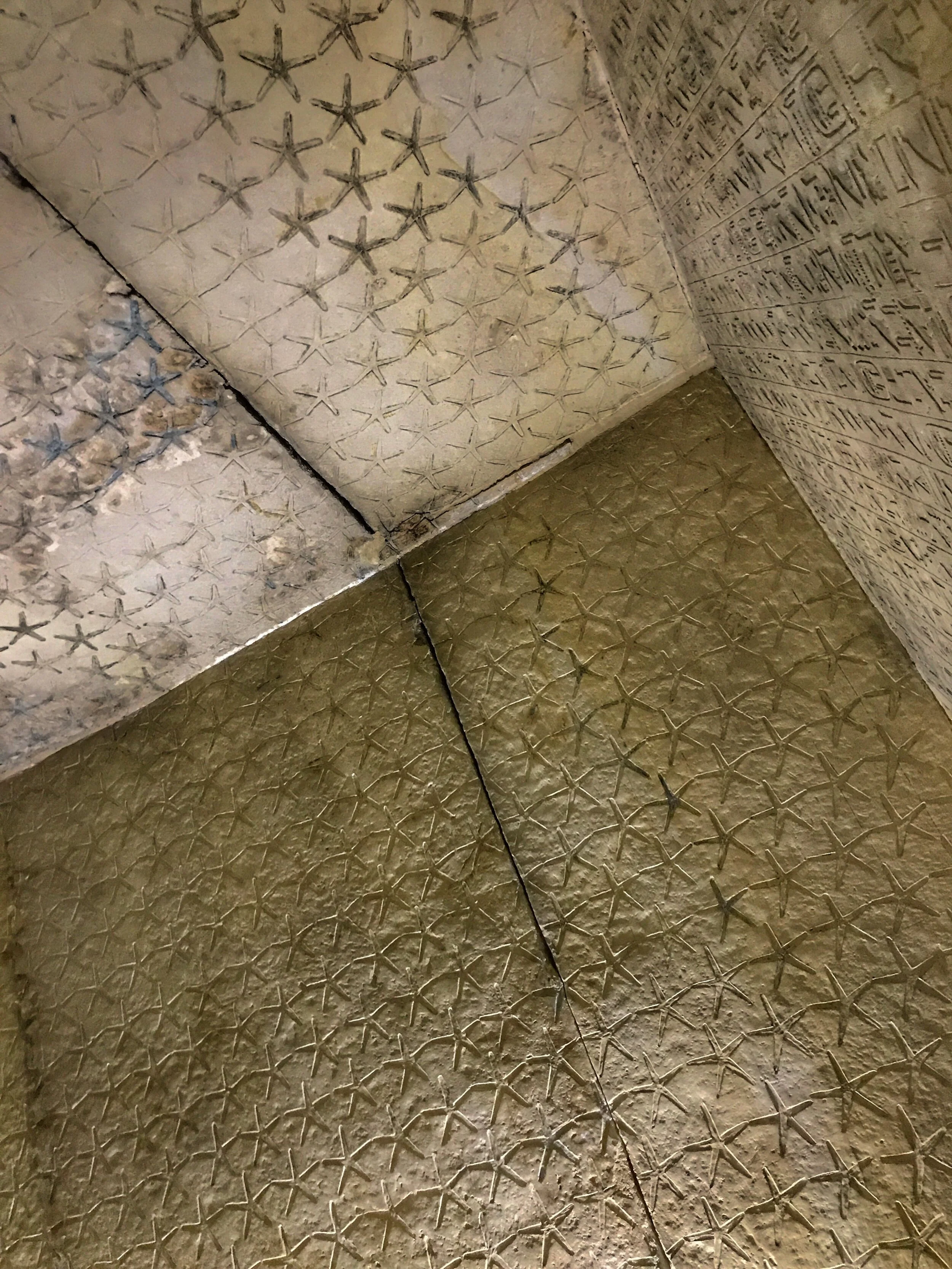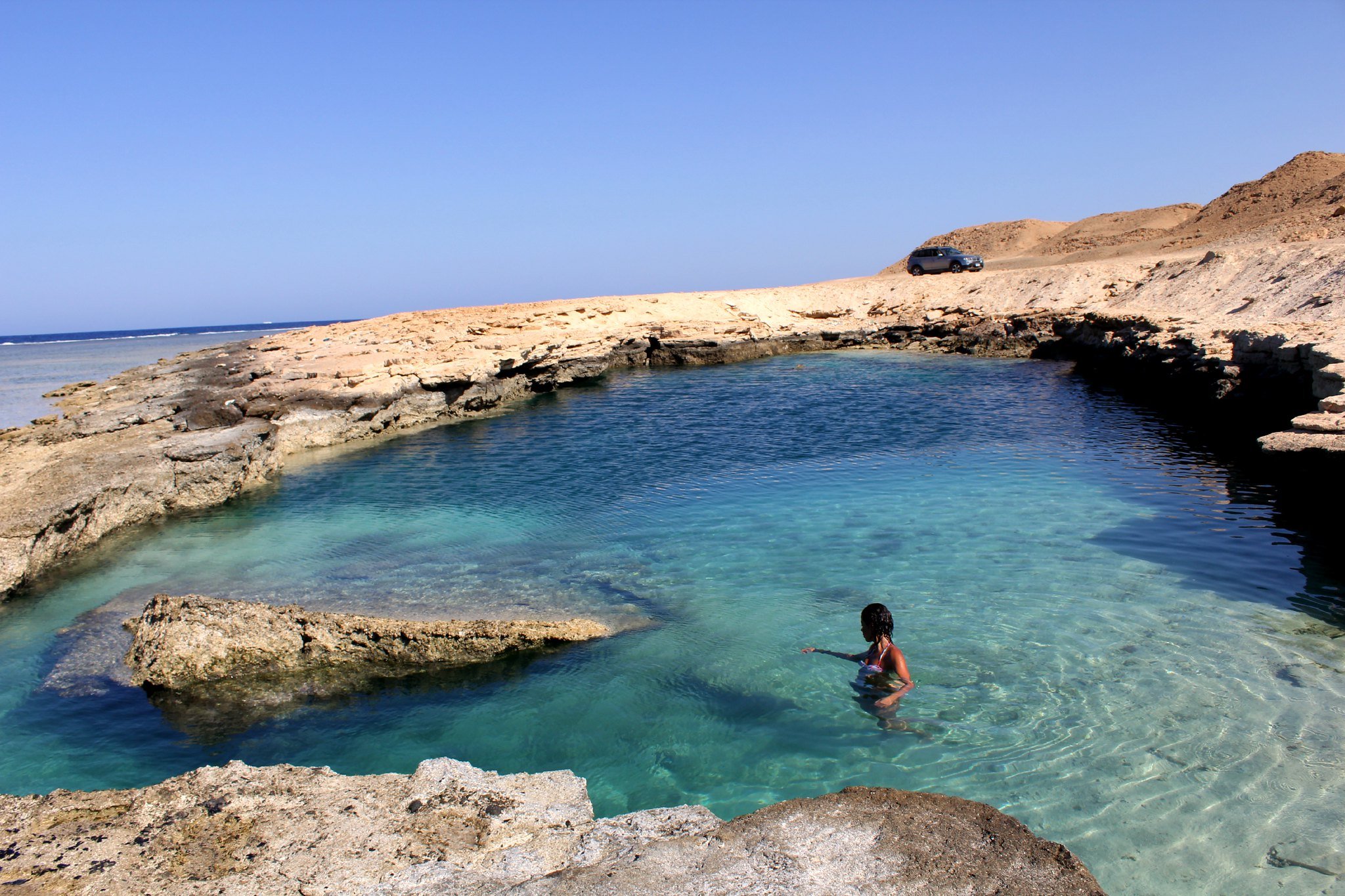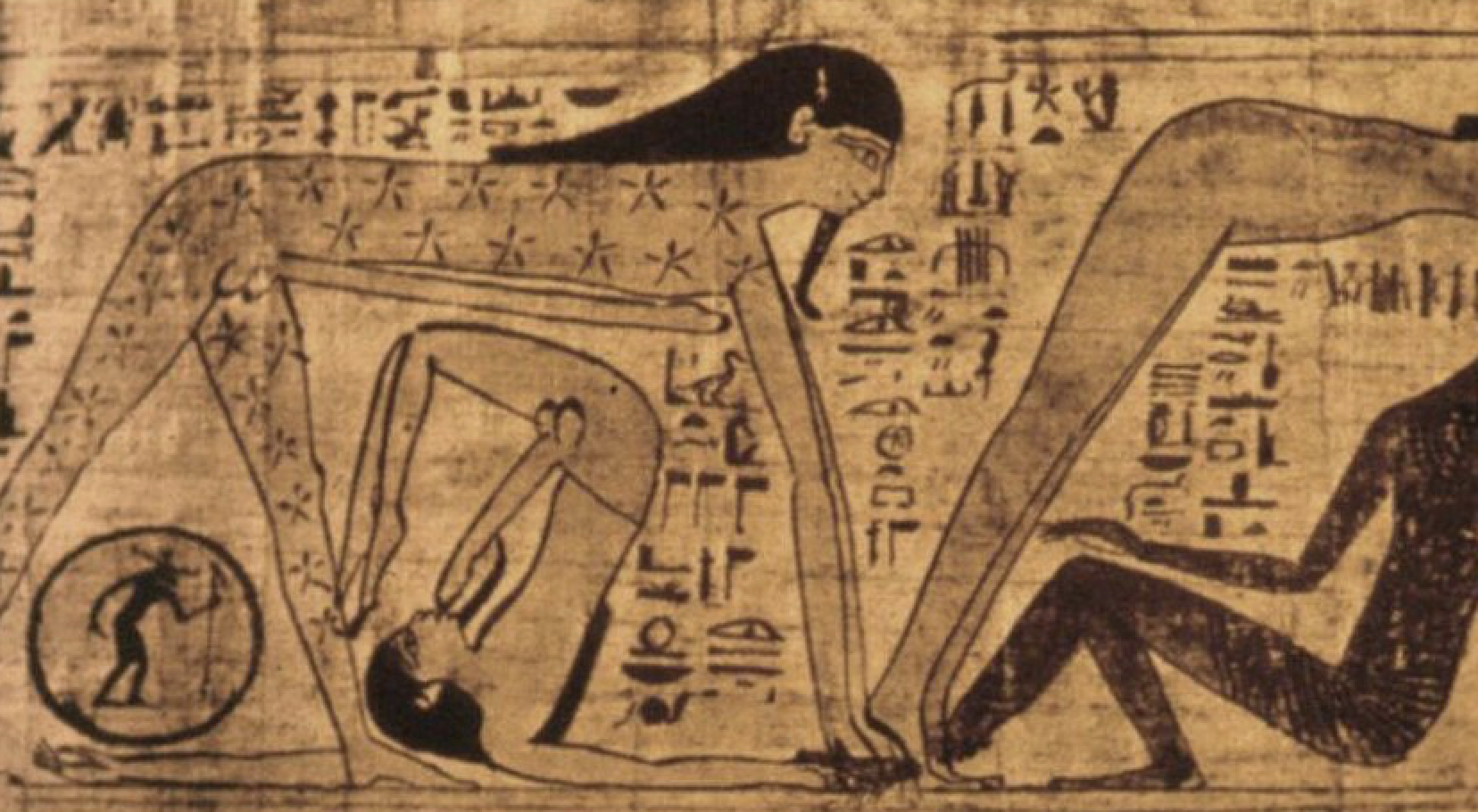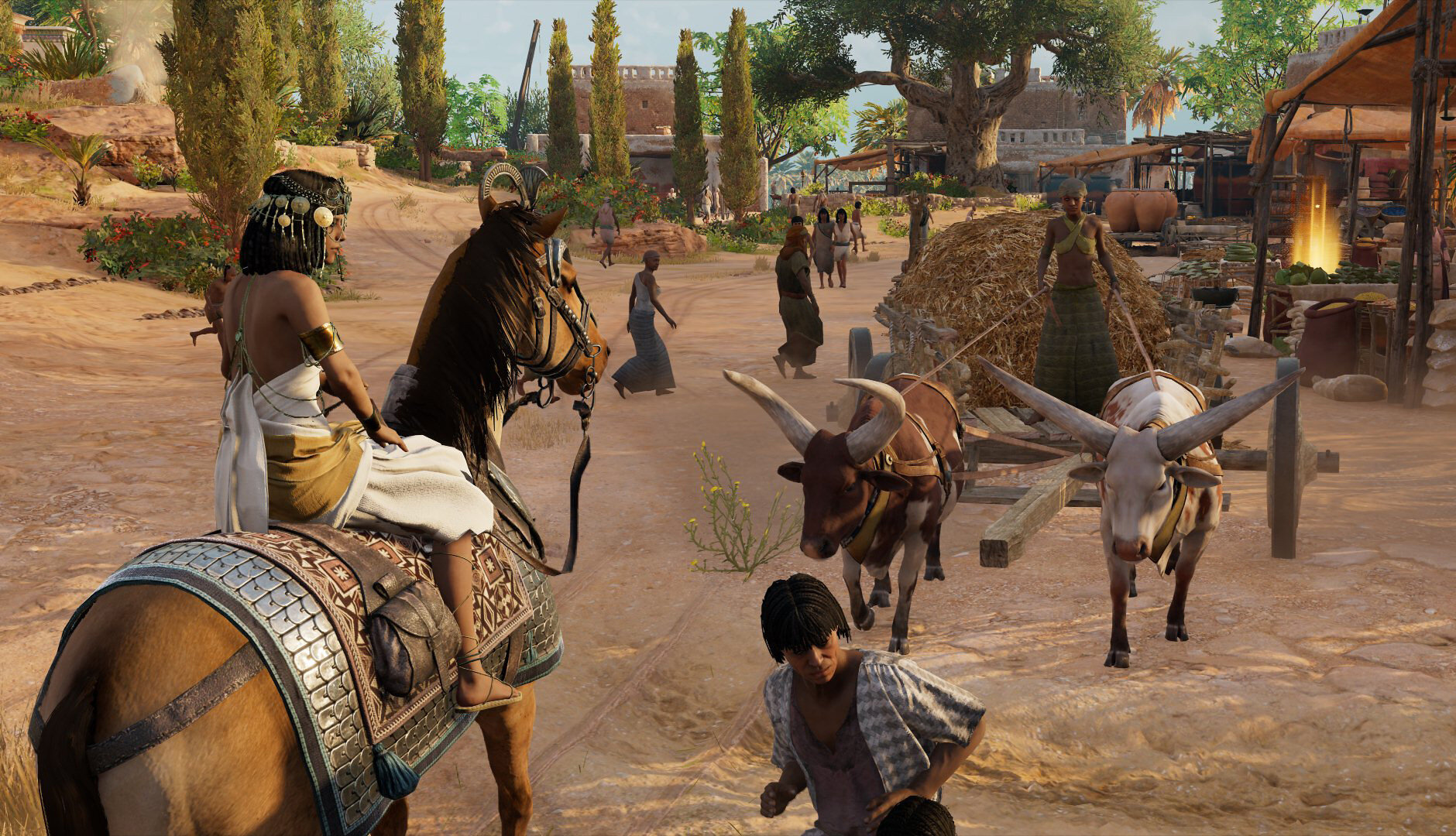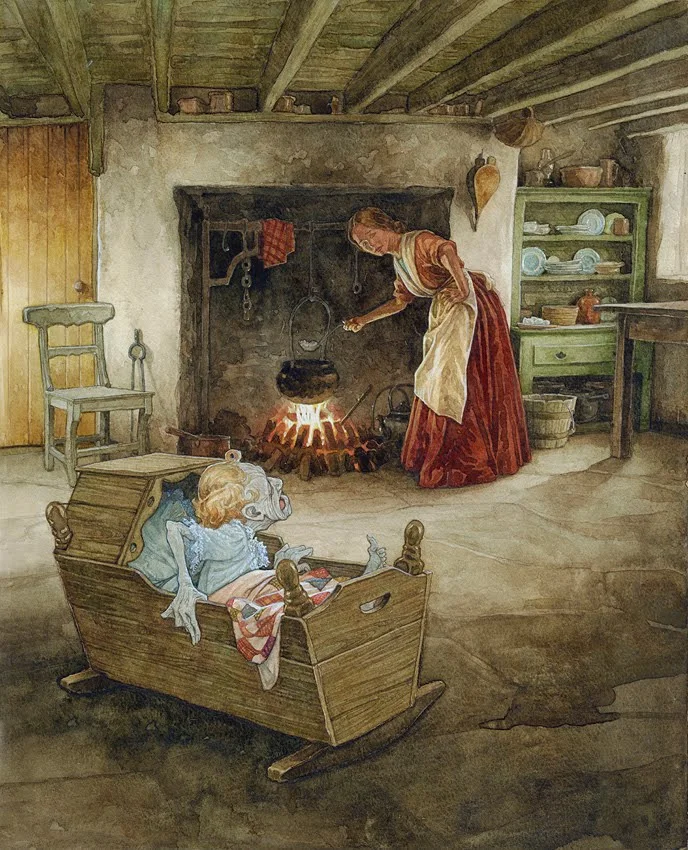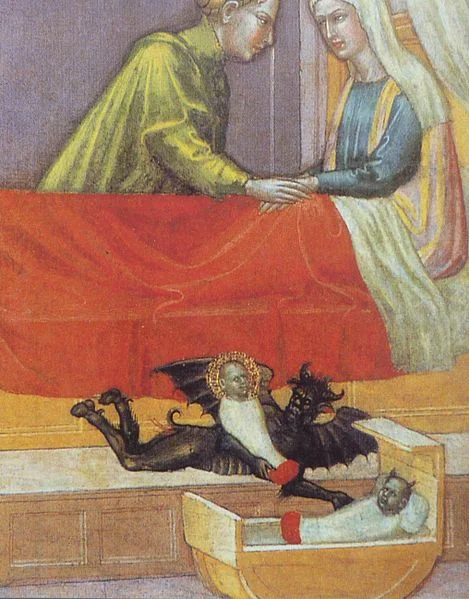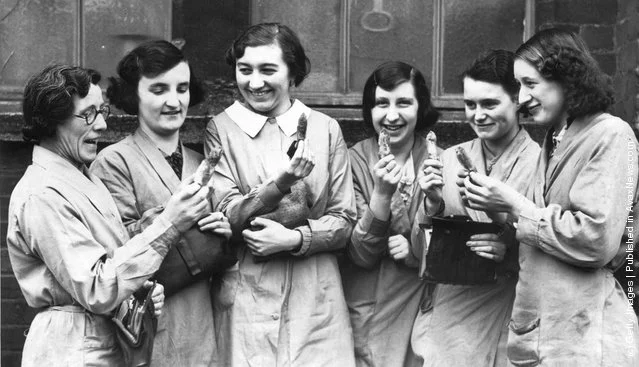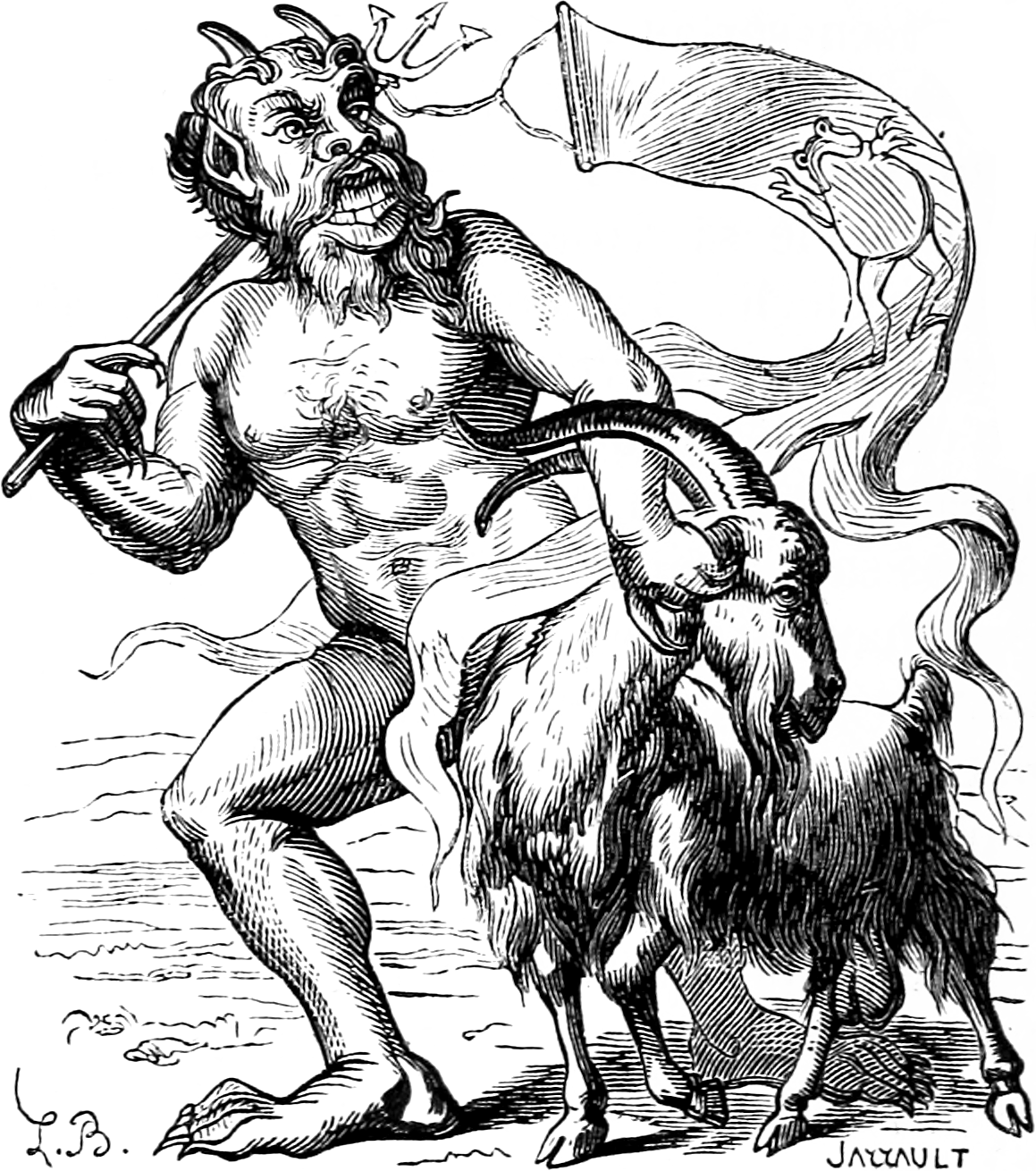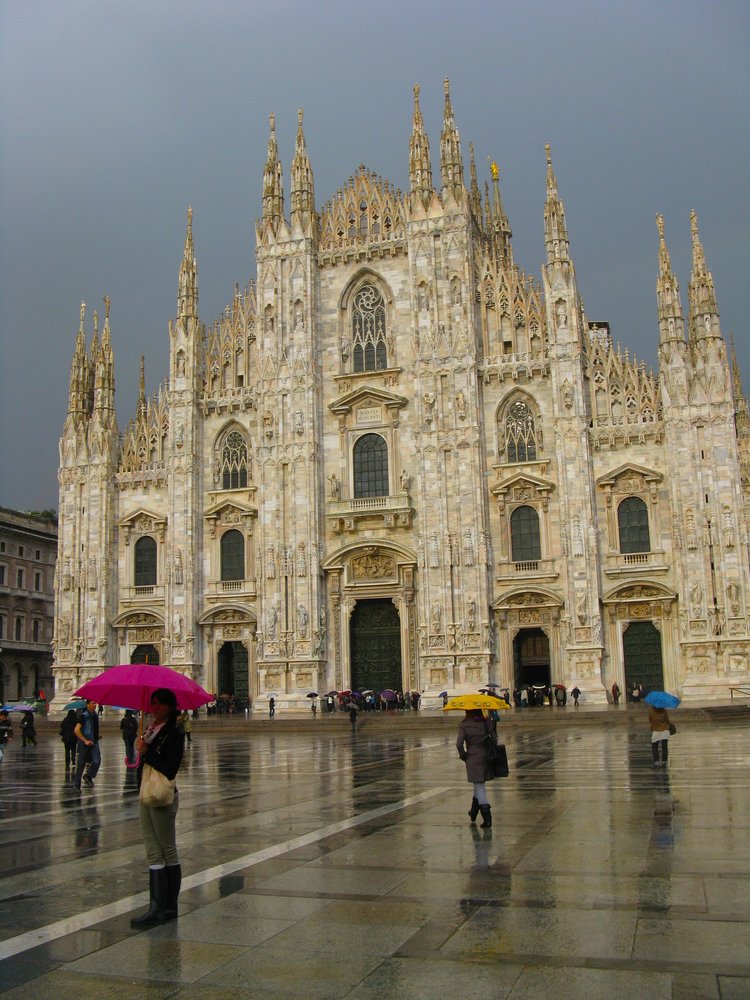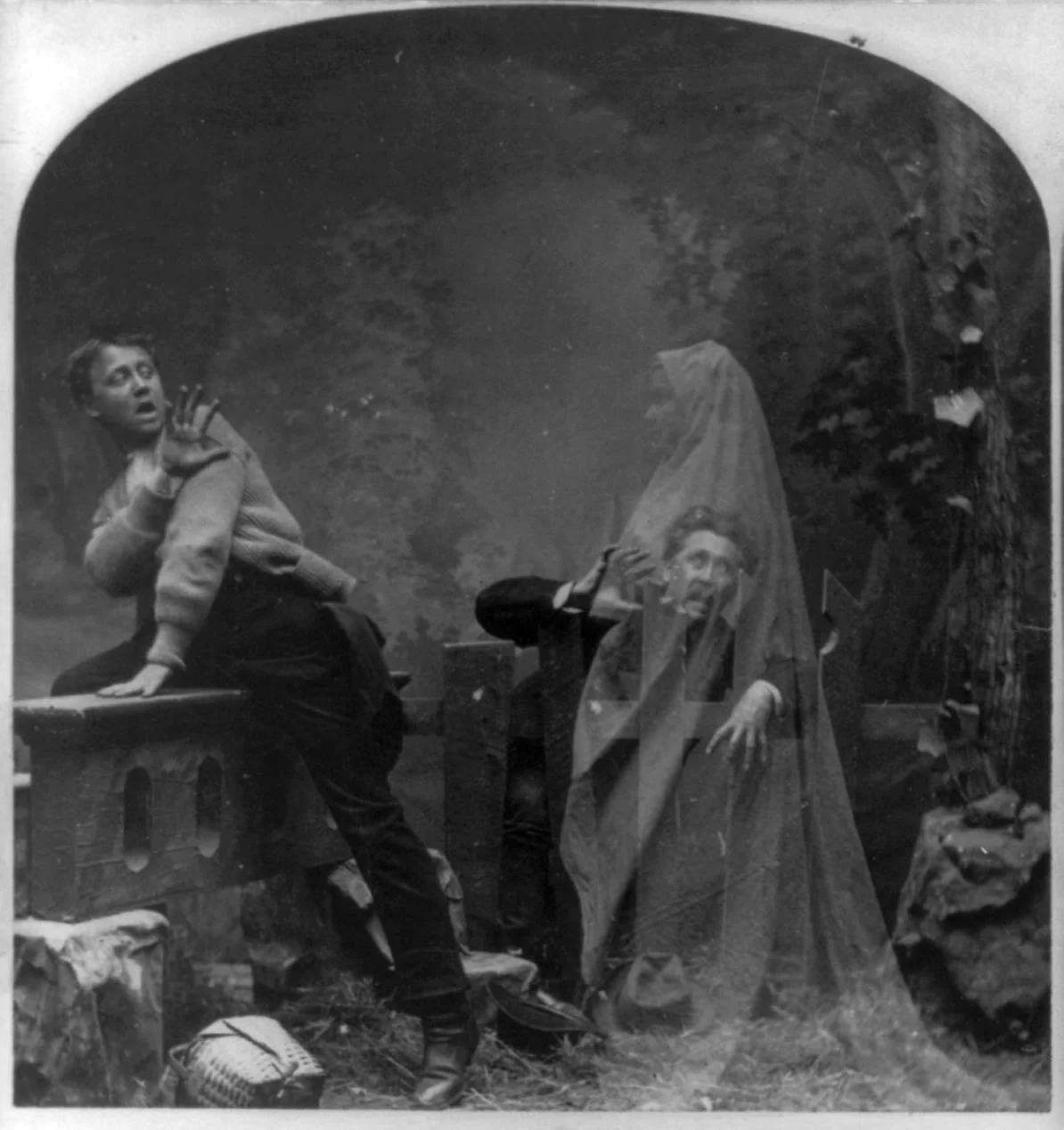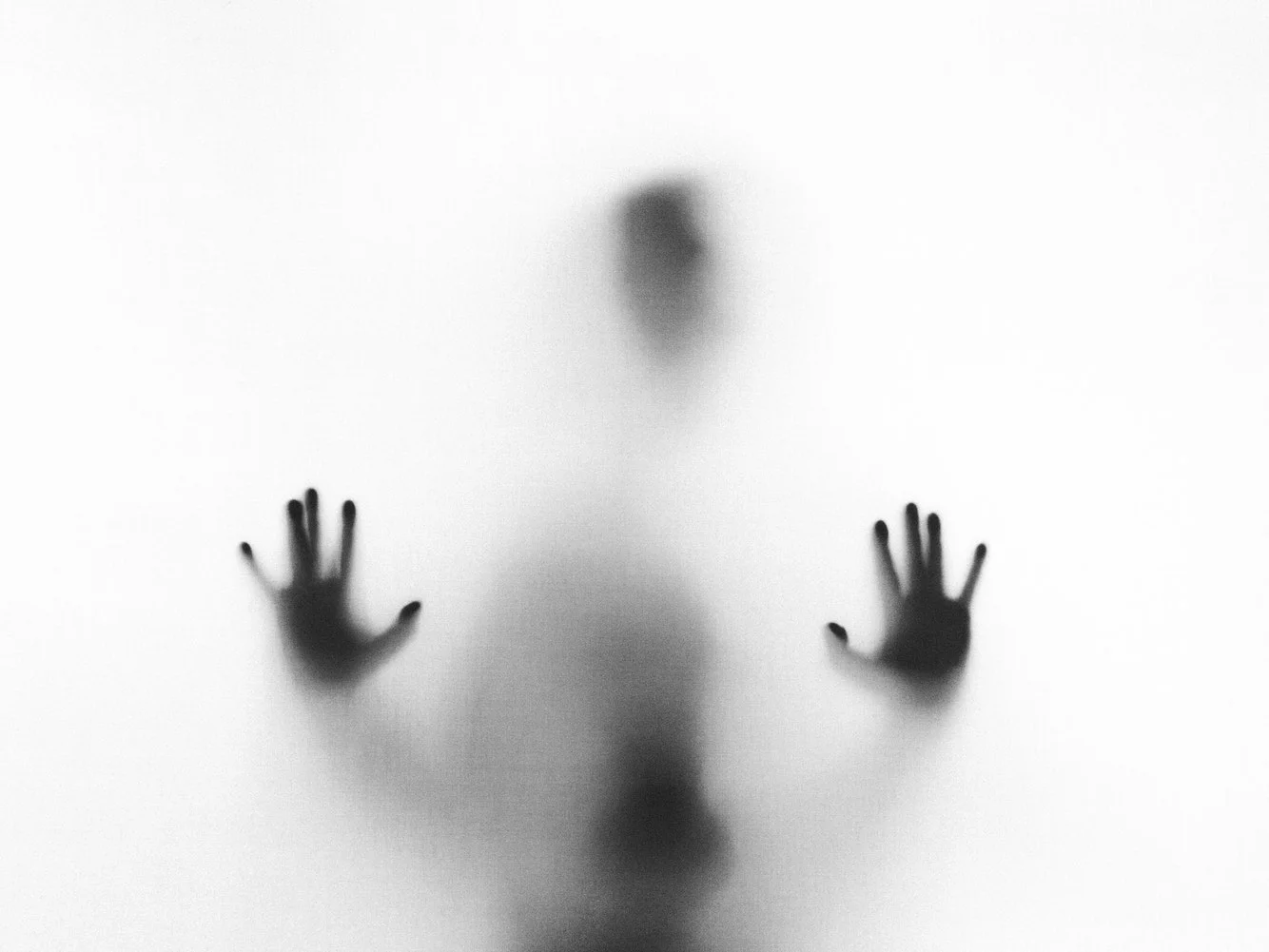This Wiccan holiday marks the season of light, where renewal, inspiration and magic bloom as the first signs of spring begin to stir beneath the frost.
The world still slumbers under winter’s icy grip, but hints of change are stirring. The days, though cold, grow perceptibly longer. A fragile light dances across frosted fields, promising renewal. Somewhere, deep beneath the snow-covered earth, life begins its quiet return.
This is Imbolc, a sacred pause between the chill of Yule and the burgeoning energy of Ostara. It’s a time to kindle hope, purify the hearth, and honor Brigid, the Celtic goddess of fire, poetry and creation. Her spirit ignites the spark within us, encouraging us to shed the darkness and prepare for what’s to come.
“Imbolc reminds us that even in the coldest winters, warmth and light are waiting to emerge.
It’s a celebration of small, quiet beginnings — the first breath of spring.”
As the wheel of the year turns once more, Imbolc reminds us that even in the coldest winters, warmth and light are waiting to emerge. It’s a celebration of small, quiet beginnings — the first breath of spring.
The Meaning and Myth of Imbolc
Imbolc, pronounced “Im-bolk” or “Im-bolg,” derives its name from the Old Irish word for “in the belly,” symbolizing the pregnancy of ewes and the promise of new life. It marks the turning point when the earth begins to stir, and winter loosens its icy hold, making way for the first signs of spring.
At the heart of Imbolc is Brigid, the Celtic goddess of hearth and home, poetry and healing, fertility and fire. Known as a triple goddess, she embodies creation, transformation and inspiration. Legends say she was born with a flame rising from her head, forever tying her to the power of fire. For centuries, her sacred flame was tended by priestesses in Kildare, Ireland, representing eternal light and life.
Myths tell of Brigid’s transformative power: She turned water into beer (my kind of gal), healed the sick and inspired poets with her words. As a protector of livestock and bringer of fertility, she was revered by farmers and families alike. Even after Ireland’s Christianization, Brigid’s essence was woven into the figure of Saint Brigid, whose feast day on February 1 coincides with Imbolc.
Imbolc is also a time of purification and preparation, as people cleanse their homes, bless their hearths, and light candles to invite the sun’s growing strength. It’s a celebration of potential — aa sacred moment to honor the seeds lying dormant in the earth and within ourselves, waiting to bloom.
Imbolc Traditions Through Time
Imbolc carries with it the energy of renewal, light and quiet preparation for the coming spring. These traditions, passed down through centuries, offer both a nod to the past and inspiration for modern celebrations.
1. Lighting the Flame
The act of lighting candles or hearth fires is central to Imbolc, symbolizing the returning warmth of the sun and the goddess Brigid’s eternal flame. In ancient Ireland, hearths were relit as a symbol of cleansing and starting anew. Today, people light candles in their homes or place them in windows, creating a glow that mirrors the lengthening days.
2. Blessing the Hearth and Home
Traditionally, homes were purified as part of Imbolc rituals. Sweeping away the old, literally and spiritually, was a way to prepare for growth and prosperity. Modern spring cleaning practices might include smudging with sage, sprinkling saltwater, or reorganizing and decluttering spaces.
3. Divination and Weather Lore
Imbolc is a time for seeking guidance about the year ahead. In Celtic traditions, weather omens played a key role — similar to the modern custom of Groundhog Day. Watching the behavior of animals or observing flame patterns were common ways to divine whether winter’s grip would loosen. Candle divination, in particular, remains a popular way to connect with the energies of this season.
4. Honoring Brigid
As the goddess of fire, poetry and fertility, Brigid is at the heart of Imbolc. Her altar might include candles, seeds, white flowers or symbols of fire. Offerings of milk, honey or baked goods are made in her honor, while poetry or creative acts are seen as gifts to her essence.
Imbolc traditions encourage connection to the rhythms of nature and the spark of inspiration within, making this a deeply personal and transformative celebration.
Symbols of Imbolc
Imbolc is rich with symbols that reflect its themes of light, renewal and connection to nature. These symbols not only tie to ancient traditions but also inspire modern celebrations, making them versatile tools for rituals, altars or simple seasonal decorations.
1. Candles and Fire
Representing the growing light of the sun and the goddess Brigid’s eternal flame, candles are central to Imbolc. Fire symbolizes purification, inspiration and the spark of creativity that comes with the return of warmth.
2. Milk and Dairy
As a time when ewes begin to lactate, milk represents nourishment, fertility and abundance. Dairy products, like milk, butter and cheese, are traditional offerings to Brigid and reminders of the life-sustaining power of nature.
3. Seeds and Grain
Seeds symbolize potential and the promise of new growth. Grains, like oats and barley, represent sustenance and the cycles of planting and harvest. These are often included in rituals or placed on altars to honor the turning of the seasons.
4. Snowdrops and White Flowers
Snowdrops, among the first flowers to bloom after winter, embody hope and renewal. White flowers in general are associated with purity and Brigid herself, adding beauty and meaning to any Imbolc altar or space.
5. Brigid’s Cross
The cross, woven from rushes or straw, is one of Imbolc’s most iconic symbols. It represents protection, the four elements, and the turning of the seasons.
6. The Color White
White is associated with purity, cleansing and the snowy landscapes of this time of year. It’s often used in altar cloths, candles and flowers to reflect the themes of the season.
Imbolc Ritual: Casting a Spell for Inspiration and New Beginnings
At Imbolc, Wiccans can honor the first whispers of spring and cast a spell to awaken creativity, clarity and the promise of new growth. This spell draws upon the energy of Brigid, the goddess of inspiration, to kindle the spark within and set the stage for the year ahead.
What you’ll need:
A white candle
A bowl of milk or water
A sprig of rosemary
A small jar of seeds
A silver coin
A small piece of green fabric or pouch
A bell or chime
Step 1: Set the space.
Prepare your altar or sacred space with the items listed. Arrange the candle in the center and place the bowl of milk or water beside it. Scatter the seeds and rosemary around the bowl. Dim the lights, light incense, and play soft music to create a focused and magical atmosphere.
Cast a magic circle if you wish. Hold the white candle in your hands. Close your eyes and visualize its flame as a beacon of inspiration and hope. Light the candle and say:
Brigid’s flame, so pure and bright,
I call upon your guiding light.
Inspire my heart, my mind, my soul,
And help me make my spirit whole.
Step 2: Charge the seeds.
Take a pinch of seeds and hold them in your hands, focusing on your goals and dreams for the coming months. Visualize them sprouting into reality, nurtured by your efforts and Brigid’s blessings. Sprinkle the seeds into the bowl of milk or water while saying:
Seeds of potential, nourished and blessed,
Grow with abundance, bring me your best.
By earth and water, by sun and flame,
Bring forth the promise in Brigid’s name.
Step 3: Create a charm of inspiration.
Place the rosemary sprig, the silver coin, and a small handful of seeds into the green fabric or pouch. Tie it closed while focusing on the qualities you wish to invite into your life: clarity, creativity and prosperity. As you tie the charm, chant:
By this charm, I call to me
Creativity, prosperity.
By Brigid’s light, by fire’s glow,
Through this year, may inspiration flow.
Hold the pouch over the flame of the candle (without burning it) to infuse it with energy, then place it near your heart and visualize its power filling you with Brigid’s light.
Step 4: Seal the spell.
Ring the bell or chime to close the ritual, signaling to the universe that your intentions have been set. Hold your hands over the bowl of milk or water and say:
This spell is cast, this charm is true,
Blessed by Brigid’s flame anew.
The wheel has turned, my path is clear,
I walk with hope through this new year.
Dip your fingers into the bowl and anoint your forehead, hands and heart as a sign of cleansing and renewal.
Step 5: Close the circle.
Extinguish the candle, thanking Brigid and the elements for their guidance. Take the charm you’ve created and keep it near your creative workspace or carry it with you to inspire you throughout the season. Pour the milk or water into the earth, offering it as thanks to the land for its nourishment and potential.
Feasting for Imbolc
Feasting at Imbolc is a celebration of nourishment, fertility and the subtle shift toward spring. Traditional foods honor the season’s natural rhythms, focusing on simple, wholesome ingredients that reflect the energy of renewal and growth. Whether hosting a feast or preparing a small meal for yourself, these ideas connect to the spirit of the season.
1. Dairy Delights
Imbolc is closely tied to the lactation of ewes, making dairy a symbolic staple. Incorporate milk, cream, butter and cheese into your feast to honor Brigid as the goddess of fertility and nourishment. Consider dishes like:
Creamy potato soup or leek and potato soup
Freshly baked bread with homemade butter
Cheesy casseroles or savory tarts
2. Warm Grains and Breads
Grains symbolize abundance and the promise of new growth. Baking bread is a traditional way to honor the hearth and Brigid, who is associated with fire and the home. Ideas include:
Oatcakes or soda bread
Barley or oat porridge sweetened with honey
Seeded loaves to symbolize planting and fertility
3. Seasonal Vegetables
Root vegetables are perfect for Imbolc feasts, reflecting the connection to the earth’s stored energy and the first hints of new life. Serve roasted carrots, parsnips or turnips, or prepare a hearty stew featuring seasonal produce.
4. Sweet Treats
Honey and other natural sweeteners reflect the nurturing energy of the season. Create desserts that bring warmth and joy, such as:
Honey-glazed scones
Rice pudding with cinnamon
Custards or panna cotta
5. Herbal Teas and Milk-Based Drinks
Infused drinks are a lovely way to conclude your feast, offering warmth and comfort. Consider:
Chamomile or rosemary tea for clarity and calm
Warm milk with honey and cinnamon for a soothing, symbolic nightcap
Mulled cider or spiced wine for a celebratory touch
Creating a Feast for Brigid
Dedicate your meal to Brigid by setting a small portion aside as an offering. This can be placed on your altar or returned to the earth to honor the goddess and the cycles of nature. Light candles during your meal to reflect the growing light, and invite your loved ones to share their intentions or blessings for the year ahead.
Feasting at Imbolc is about more than food—it’s a moment to pause, nourish your body and spirit, and celebrate the promise of renewal in the turning of the seasons.
Crafting for Imbolc
Imbolc is a time to honor creativity and the spark of inspiration, making it the perfect occasion for hands-on crafting. Channel Brigid’s energy as the goddess of creation by making meaningful items that celebrate the season’s themes of renewal, protection and potential.
1. Brigid’s Cross
What you’ll need:
About 16-20 pieces of straw, rushes (or yarn, strips of paper, pipe cleaners, etc.
Scissors
Thread, string or rubber bandsSeeds symbolize potential and growth, making them a powerful tool for setting intentions.
Braiding a Brigid’s Cross is a traditional Irish craft often associated with Imbolc and the goddess Brigid. It’s made by weaving rushes, straw or other flexible materials into a distinct cross shape with a square center and four arms.
How to make it:
Soak natural materials like straw or rushes in water for a few hours to make them more pliable.
If using pipe cleaners or paper, ensure they are cut to equal lengths (about 10-12 inches).
Start the center: Hold one straw vertically in your left hand. Fold a second straw in half and place it over the first, forming an “L” shape.
Add the Alarms: Rotate the cross clockwise. Fold a third straw in half and lay it horizontally over the second straw, enclosing the vertical straw. Rotate again and fold a fourth straw over the last one.
Repeat this process, rotating and adding straws until you achieve the desired thickness for the center.
Secure the arms: Once the center is complete, you’ll have four arms extending outward.
Group the ends of each arm and tie them tightly with string or rubber bands to hold the shape.
Trim the ends to make them even.
Place the completed Brigid’s Cross on an altar, hang it above a door, or use it as a protective charm.
Symbolism: The square center symbolizes balance and the hearth, central to Brigid’s domain. The four arms represent the elements (earth, air, fire, water) and the cyclical nature of life.
Traditionally, the cross was hung in homes to invoke Brigid’s blessings and protection for the year ahead.
2. Seed Jars of Intention
What you’ll need:
A small glass jar
Seeds (for herbs, flowers or vegetables)
Small slips of paper
A pen
Seeds symbolize potential and growth, making them a powerful tool for setting intentions.
How to make it:
Write your goals or wishes for the coming season on small slips of paper.
Place the seeds in the jar, layering them with the slips of paper.
Seal the jar and place it on your altar as a reminder of the intentions you’ve planted.
When the season is right, plant the seeds as a symbolic act of manifesting your goals.
3. Imbolc Candleholders
What you’ll need:
Glass jars or small bowls
Natural materials (twigs, dried herbs, ribbons)
Glue or twine
Tea lights or votive candles
These simple, decorative candleholders symbolize the growing light of the sun and Brigid’s eternal flame.
How to make it:
Decorate the outside of a glass jar or bowl using twigs, dried herbs or ribbons.
Secure the materials with glue or twine.
Place a tea light or votive candle inside, and light it during your Imbolc rituals or feasts.
4. Rosemary Wreaths
What you’ll need:
Fresh rosemary sprigs
Floral wire or twine
Dried flowers and ribbons
Rosemary is a traditional herb for purification and protection, making it a perfect addition to Imbolc crafting.
How to make it:
Form a small wreath shape with the rosemary sprigs, securing them with wire or twine.
Add dried flowers or ribbons for decoration if desired.
Hang the wreath near your front door or in your sacred space to cleanse and protect.
Crafting as a Sacred Act
Crafting at Imbolc is a way to weave your intentions into tangible forms. Whether you’re making a Brigid’s Cross for protection or a seed jar to nurture your goals, these crafts connect you to the themes of Imbolc and the power of the goddess Brigid herself.
Embracing the Light of Imbolc
As the wheel of the year turns, the Wiccan holiday of Imbolc offers a moment to pause and honor the quiet transformations happening within and around us. It’s a time to kindle the first sparks of inspiration, to nurture the seeds of what’s to come, and to invite light and warmth back into our lives.
Whether through rituals, feasting, crafting or simply reflecting on the promise of spring, Imbolc encourages us to celebrate the potential of new beginnings. By embracing the season’s themes of renewal, creativity and connection, we align ourselves with the cycles of nature and the guiding light of Brigid.
As you step into the growing light of the season, may you carry with you the hope and inspiration that Imbolc brings. Blessed be. –Wally


